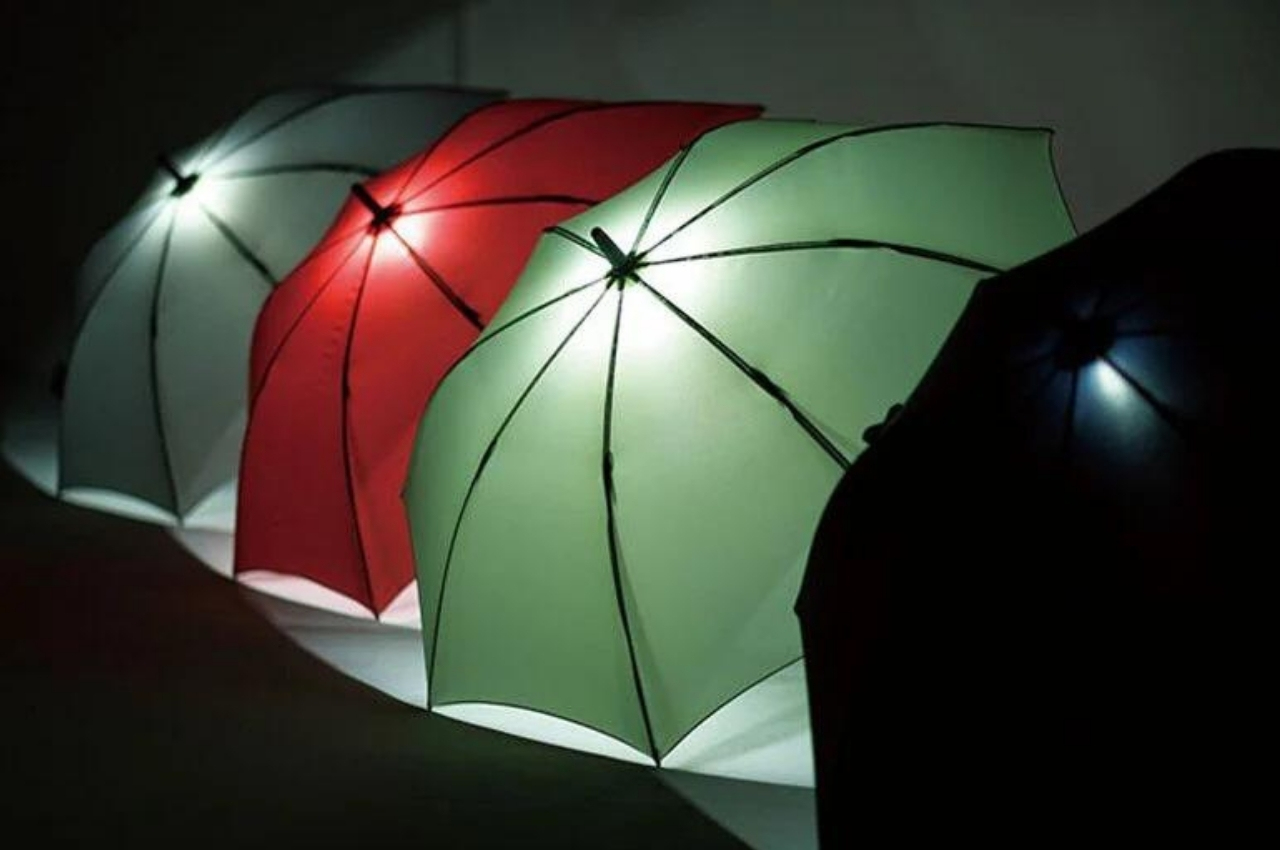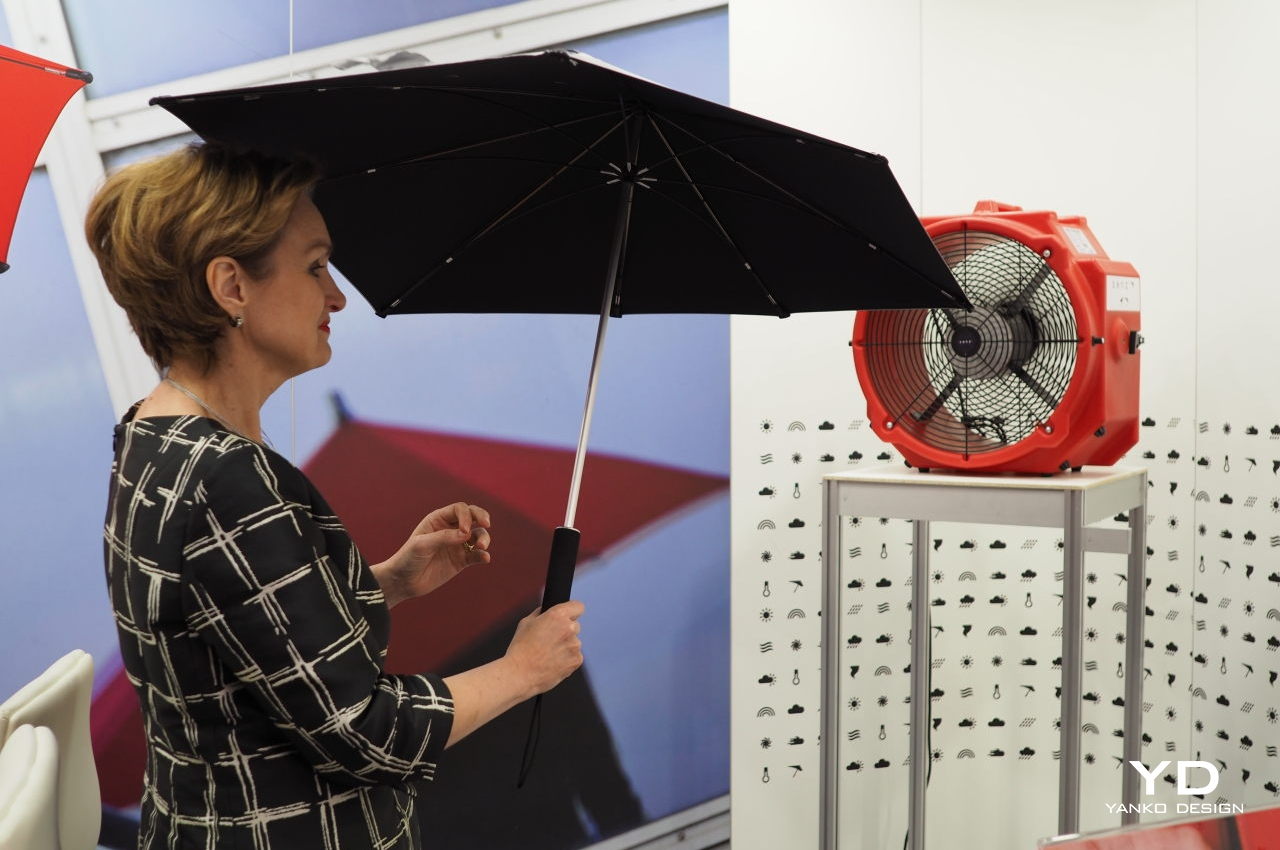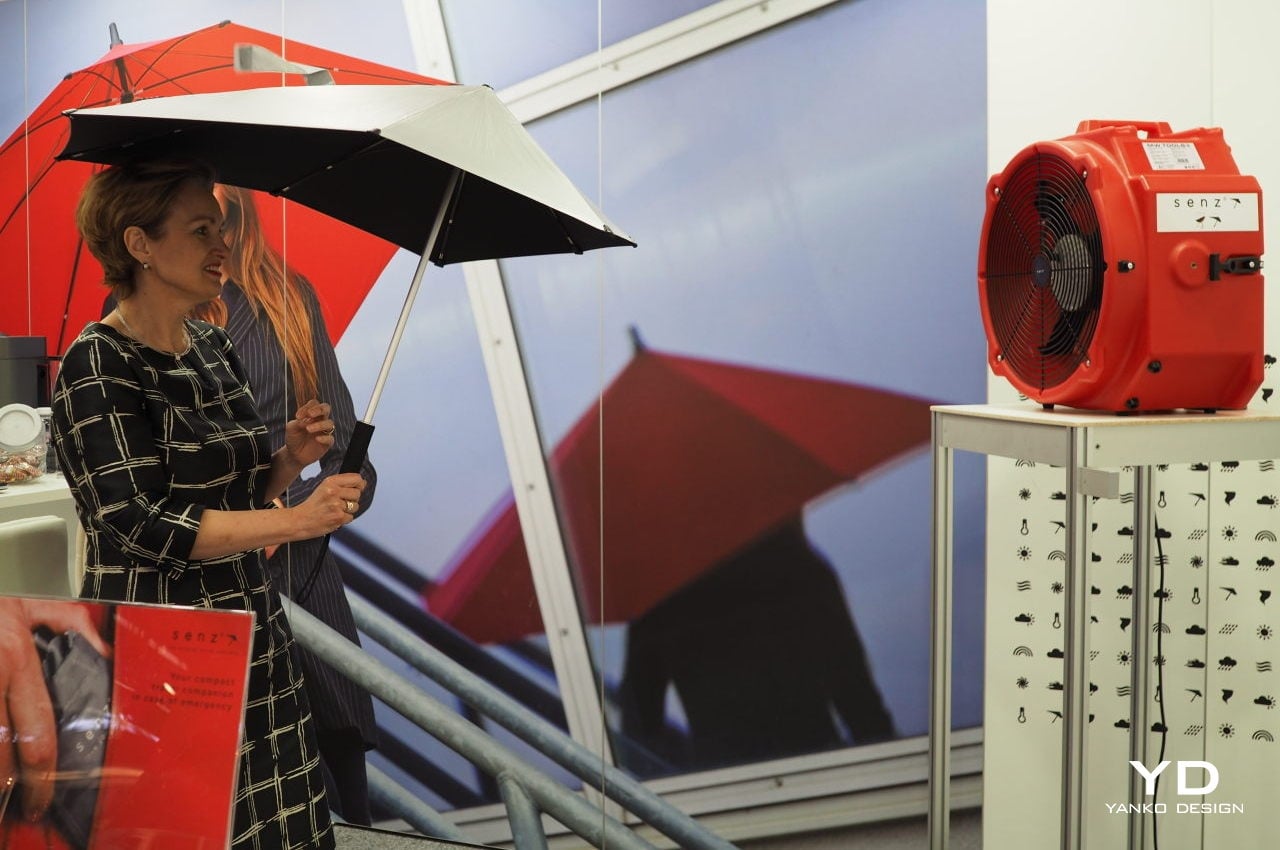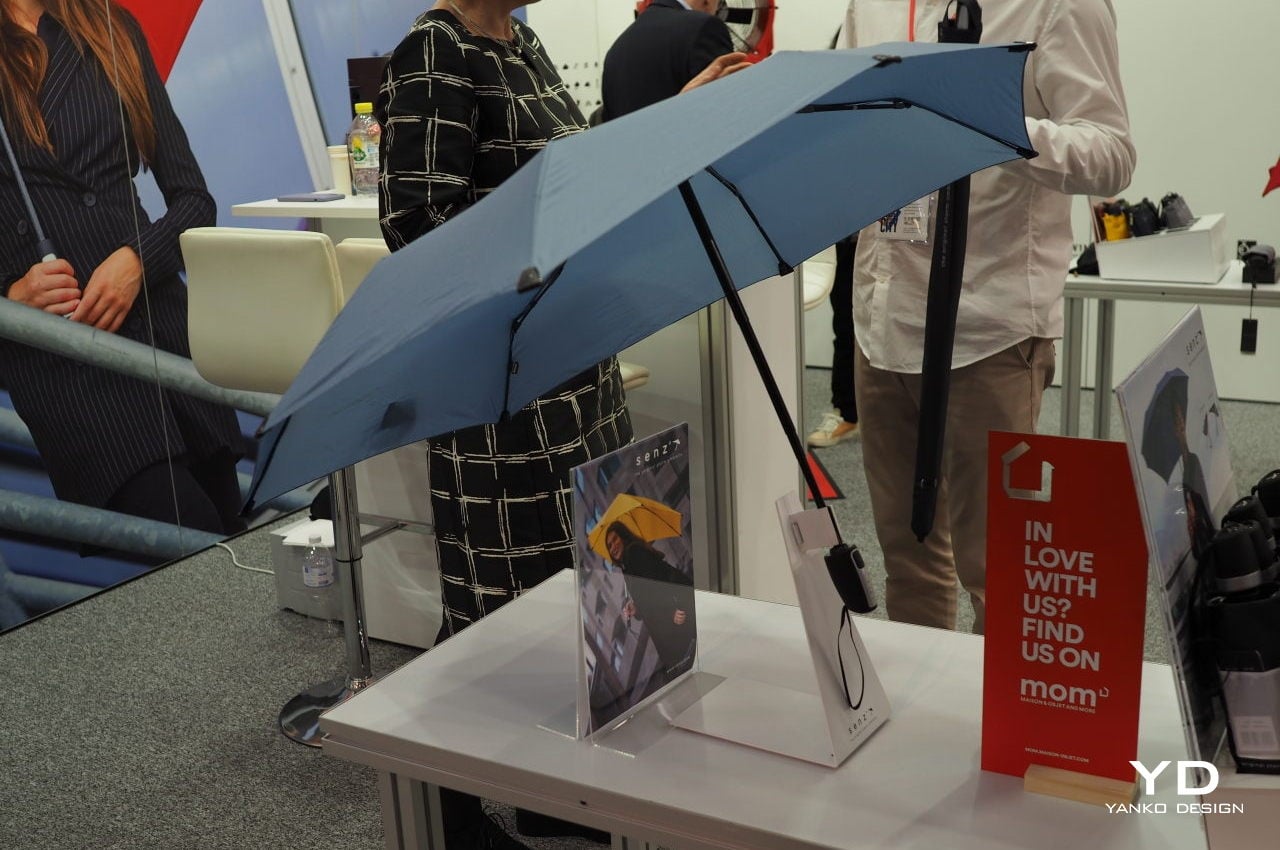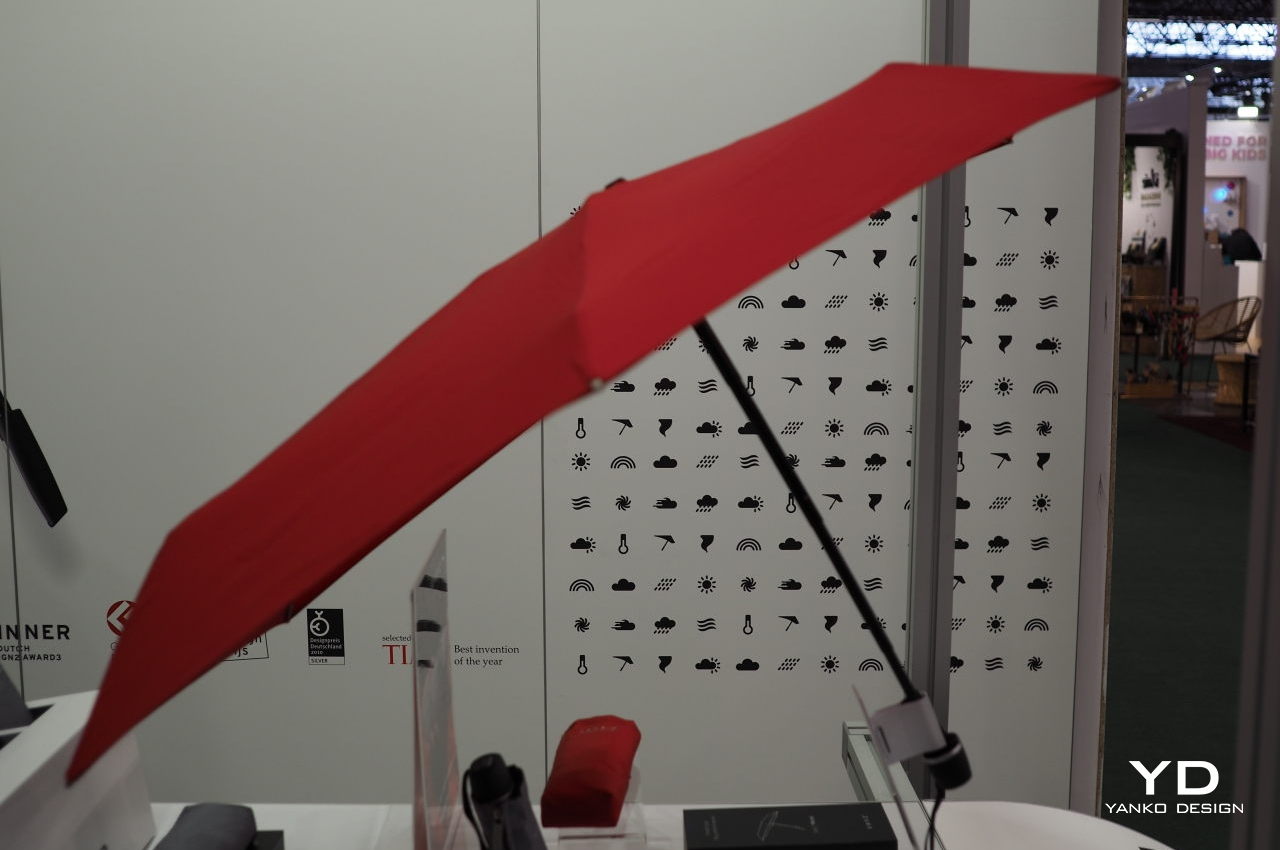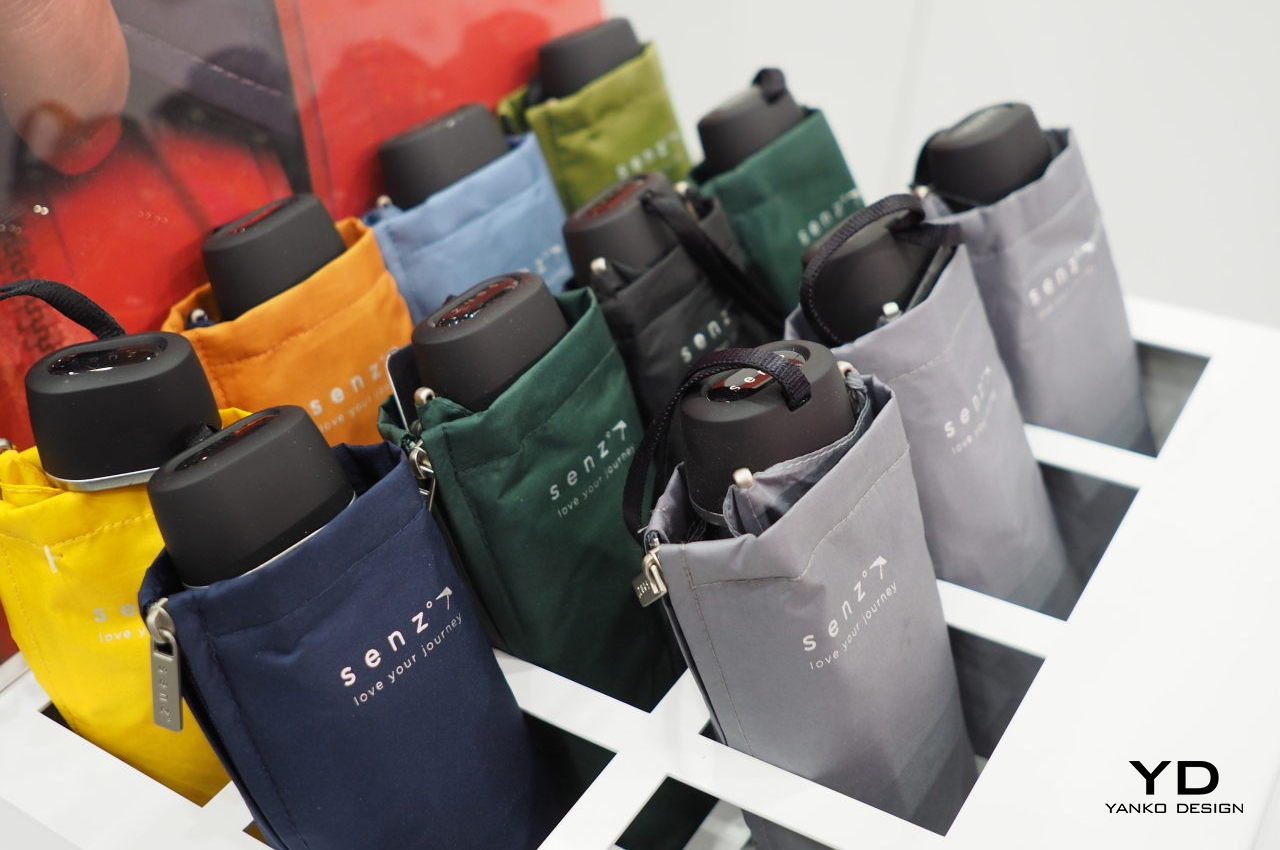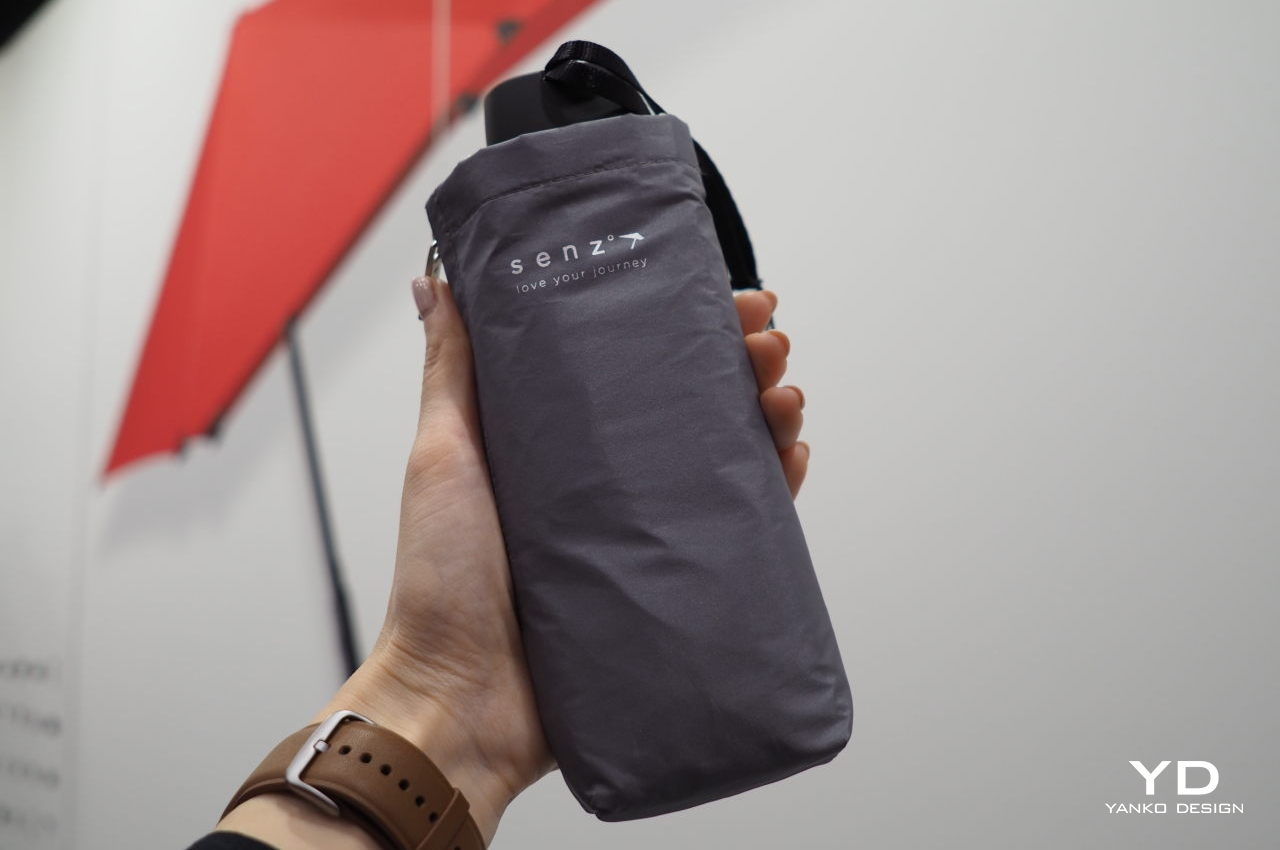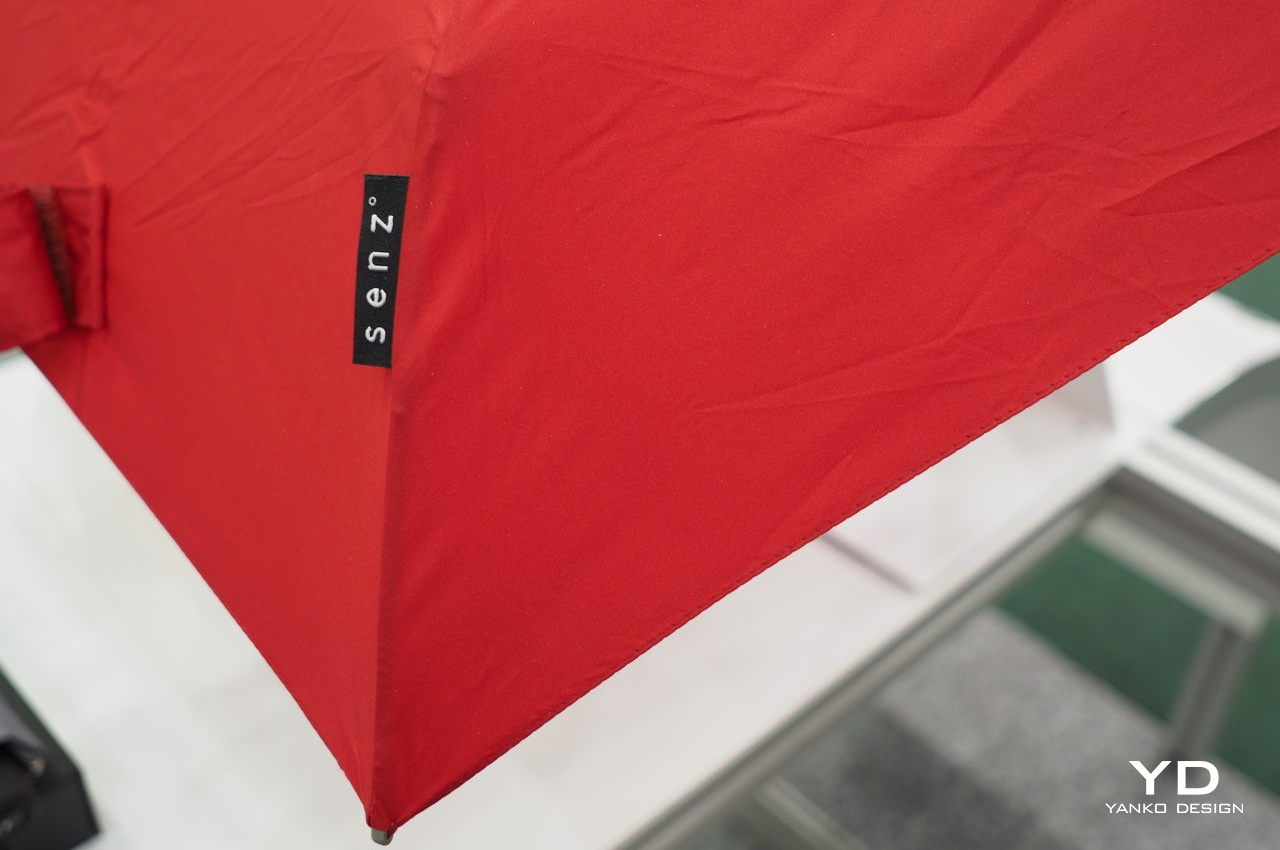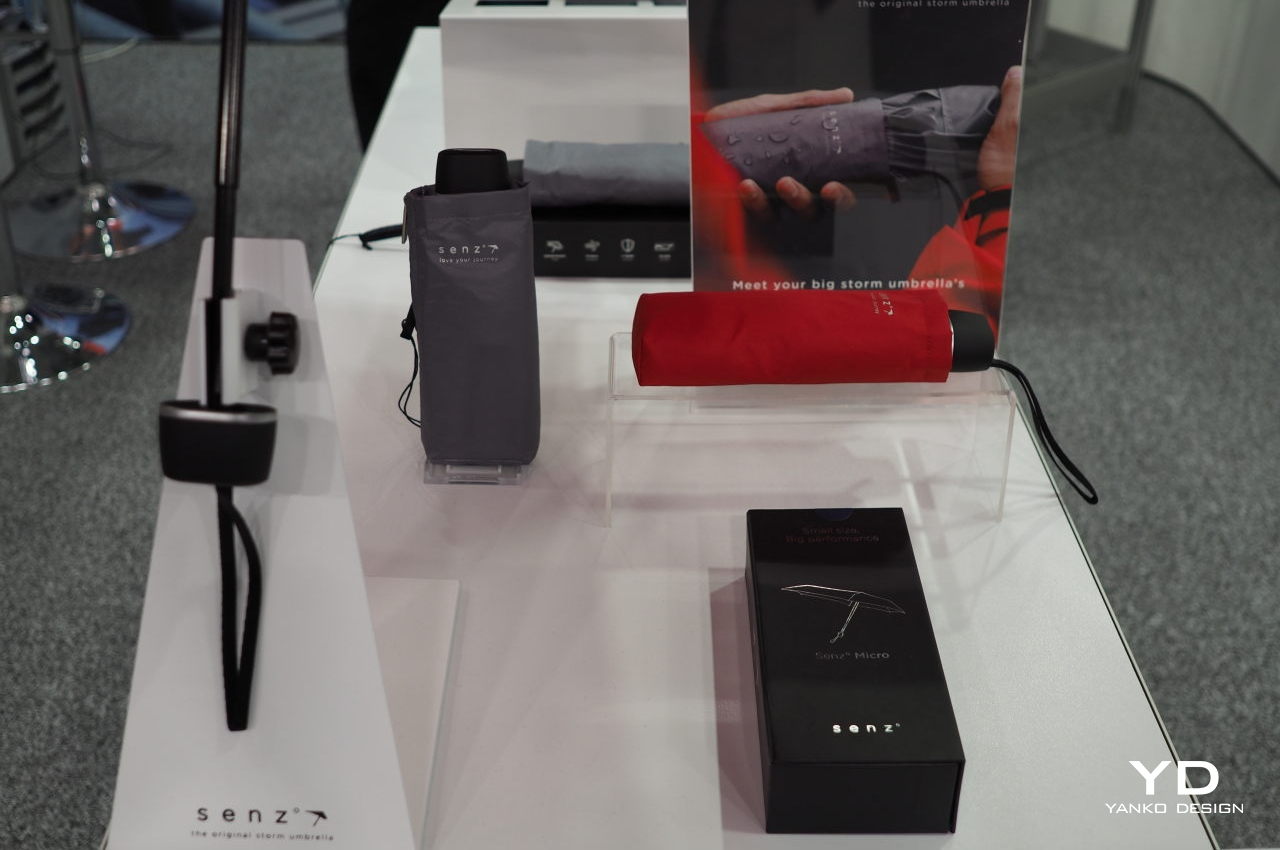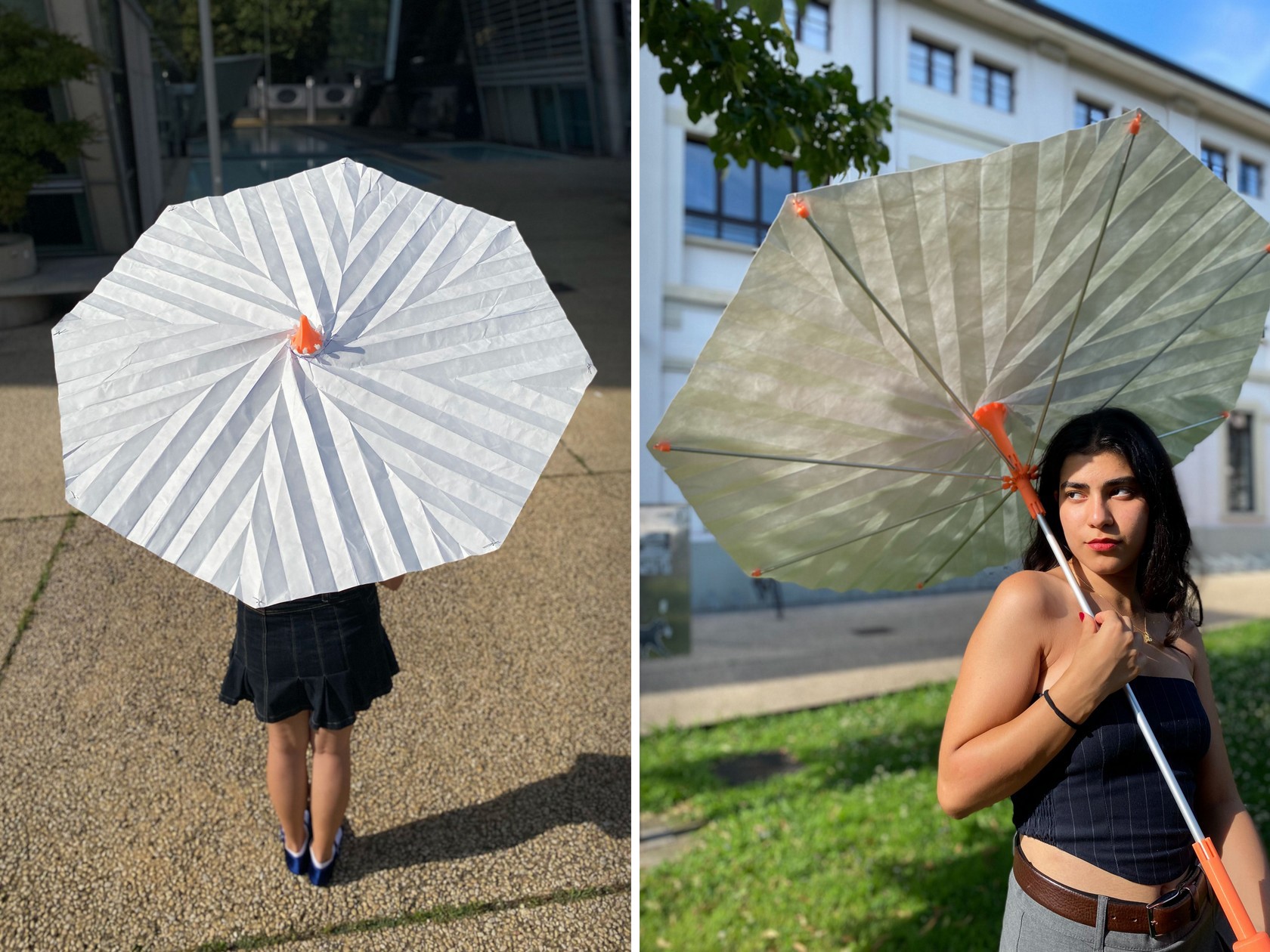
There’s a consensus in the common world that if something isn’t broken, you shouldn’t fix it – it’s a consensus that designers often reject because good design isn’t a goal, it’s a journey. The way current umbrellas open and close isn’t particularly faulty – but that didn’t stop designer Vinayan Ravikumar from taking things to the next level. Meet the Bloombrella, an umbrella that blooms open just like a flower. Relying on origami folding techniques, the Bloombrella borrows from a NASA experiment for unfolding foil shades/sails in space. The umbrella’s fabric starts as a folded cluster that opens outwards, becoming a perfect octagonal parasol that protects against sun and even rain.
Designer: Vinayan Ravikumar
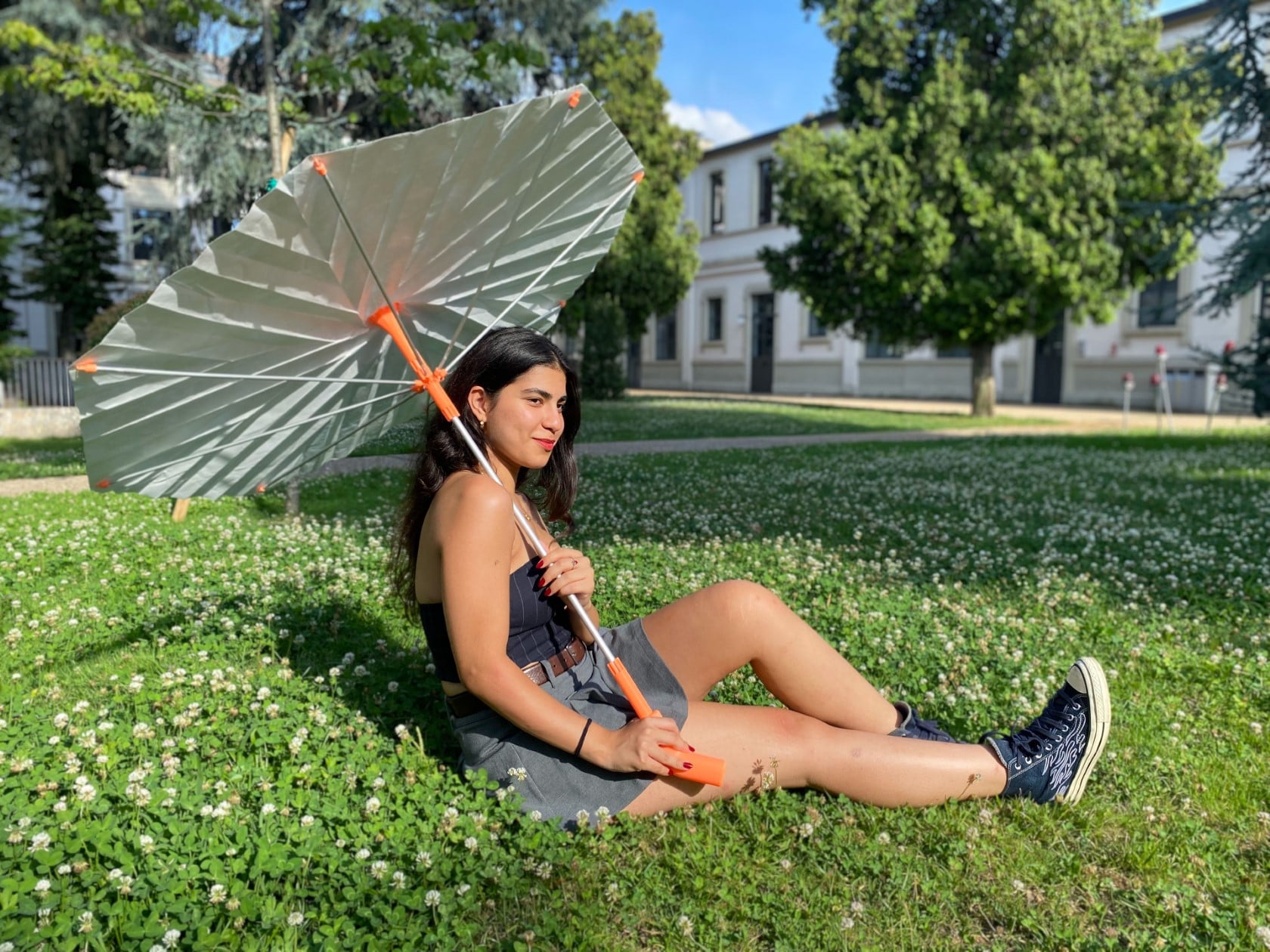

Vinayan’s design borrows inspiration from the blooming of the dianthus flower. The flower bud practically unfurls in bloom, and is also the inspiration for NASA’s Starshade. Vinayan’s explorations led him down a similar path, relying on origami to mimic how the starshade opens outwards. The result, an umbrella like nothing you’ve seen before. Watching it open and close is nothing short of hypnotic, as the umbrella’s fabric creases and un-creases to take its closed or open shape. The creases are uniquely geometric too, resulting in an umbrella that doesn’t need any artwork or patterns to make it look attractive.
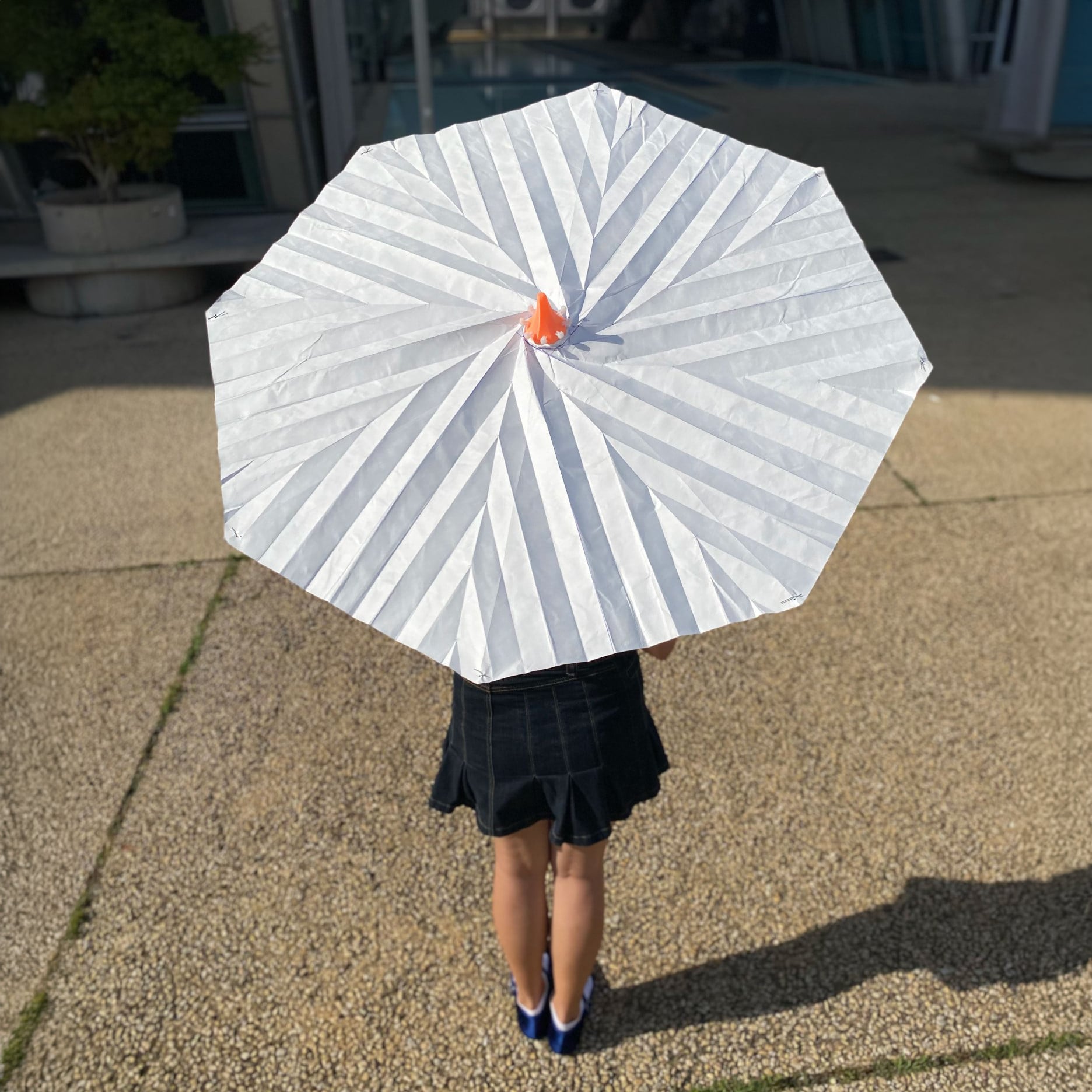
“The umbrella is an interesting object. As designers, we don’t notice or revere it the way we see chairs, cars, or lamps. Yet when caught in a sudden downpour, it becomes a lifesaver. An object of understated elegance and functionality, its form hasn’t changed much over the past hundred years,” says designer Vinayan Ravikumar. “Drawn to this fascinating contraption that has sheltered us for millennia, I felt it was the perfect canvas to explore tension in motion.”
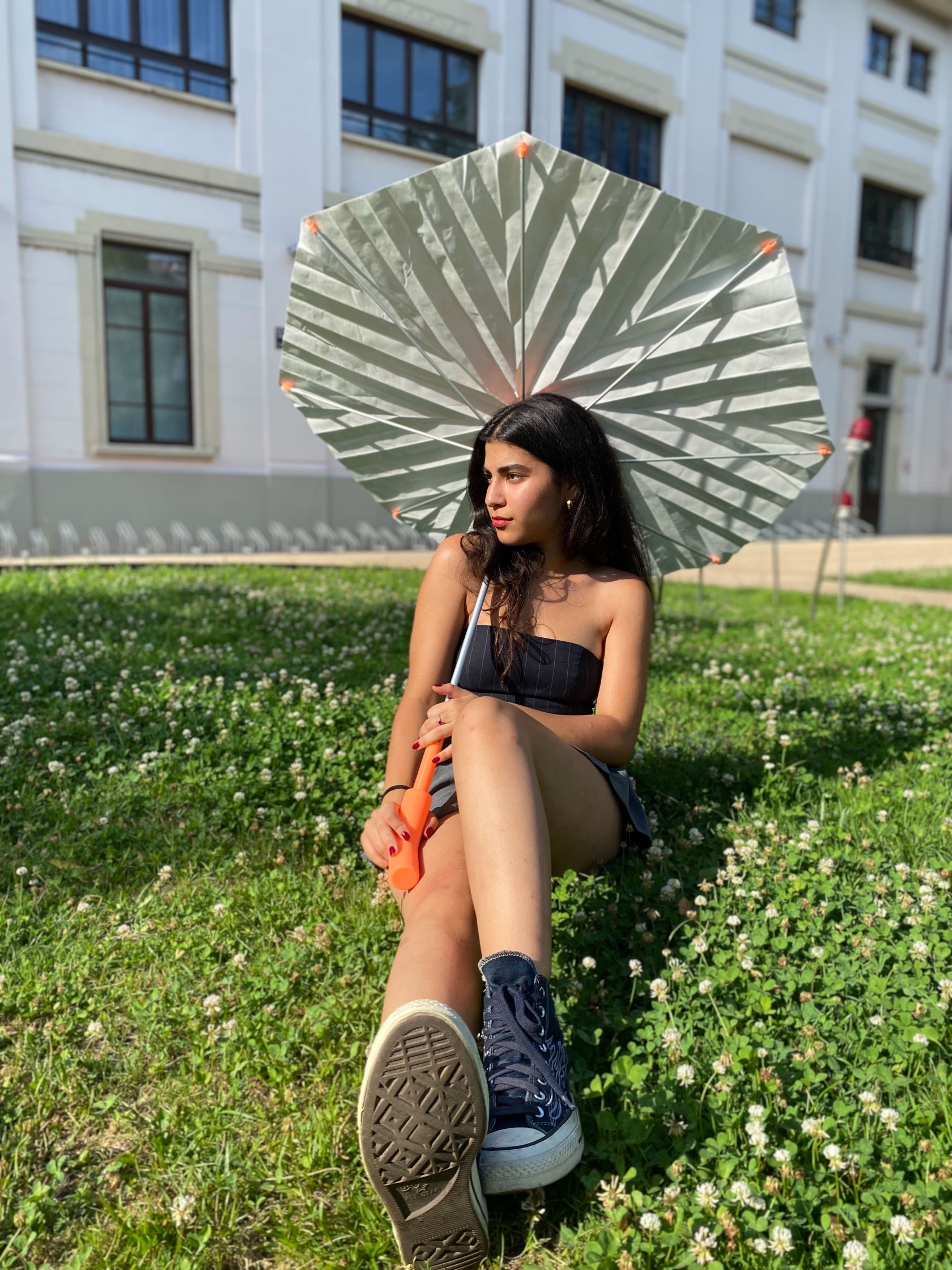
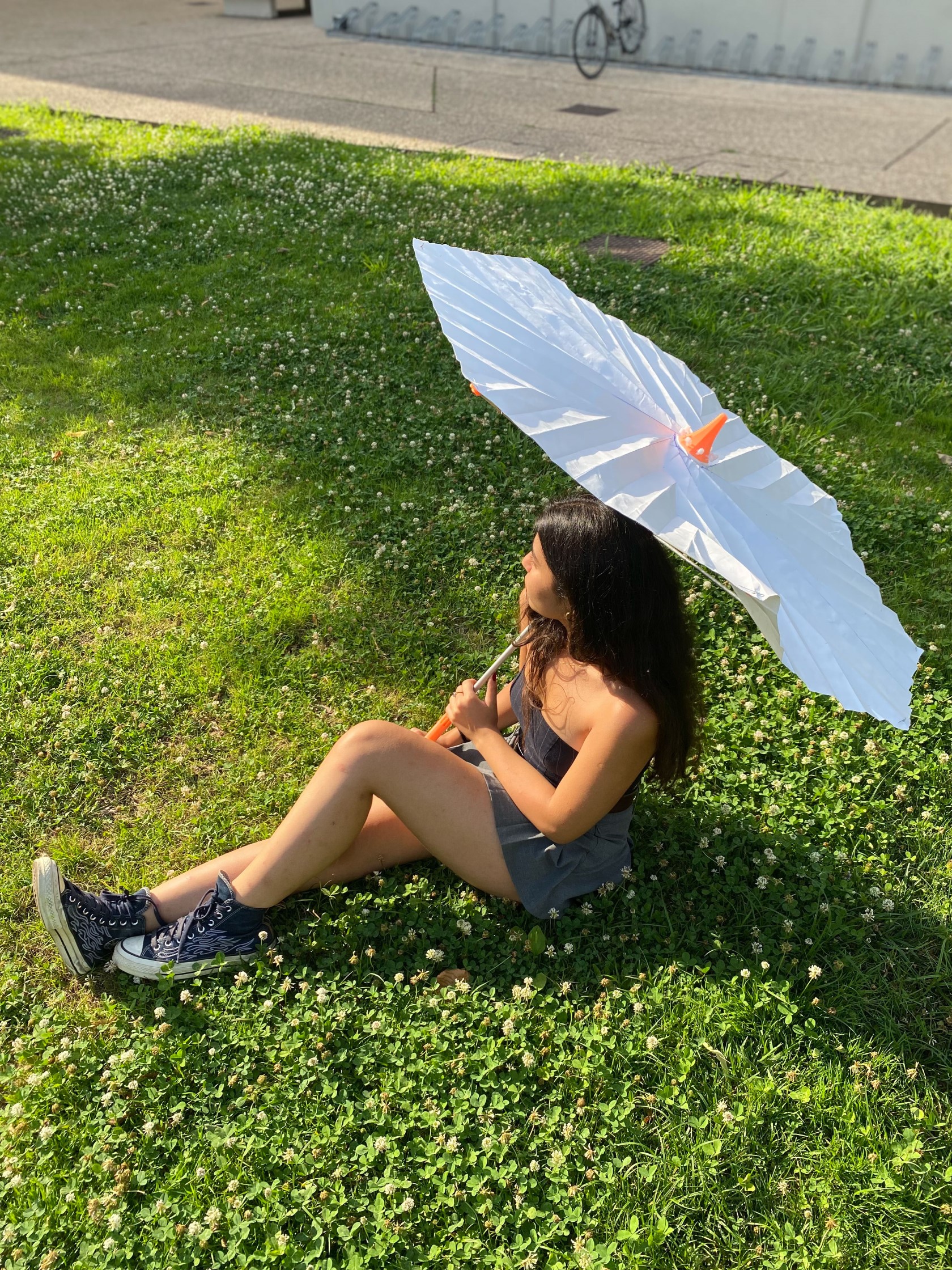
Rethinking how the umbrella opened or closed meant rethinking the umbrella entirely. The Bloombrella comes with a stem and shade, but its intermediary mechanism gets completely redone. The new mechanism responds to twisting, rather than pressing a button or pushing a member up the umbrella’s shaft. The twisting action allows metal rods to move outwards, opening the umbrella’s shade. Vinayan created his prototype using Tyvek, a tear-proof paper-like material from Dupont. Tyvek has the unique distinction of being great at creasing as well as being durable and waterproof. This made it a perfect candidate for the Bloombrella’s shade, allowing it to hold its origami shape incredibly well, while still repelling water to a noticeable degree.
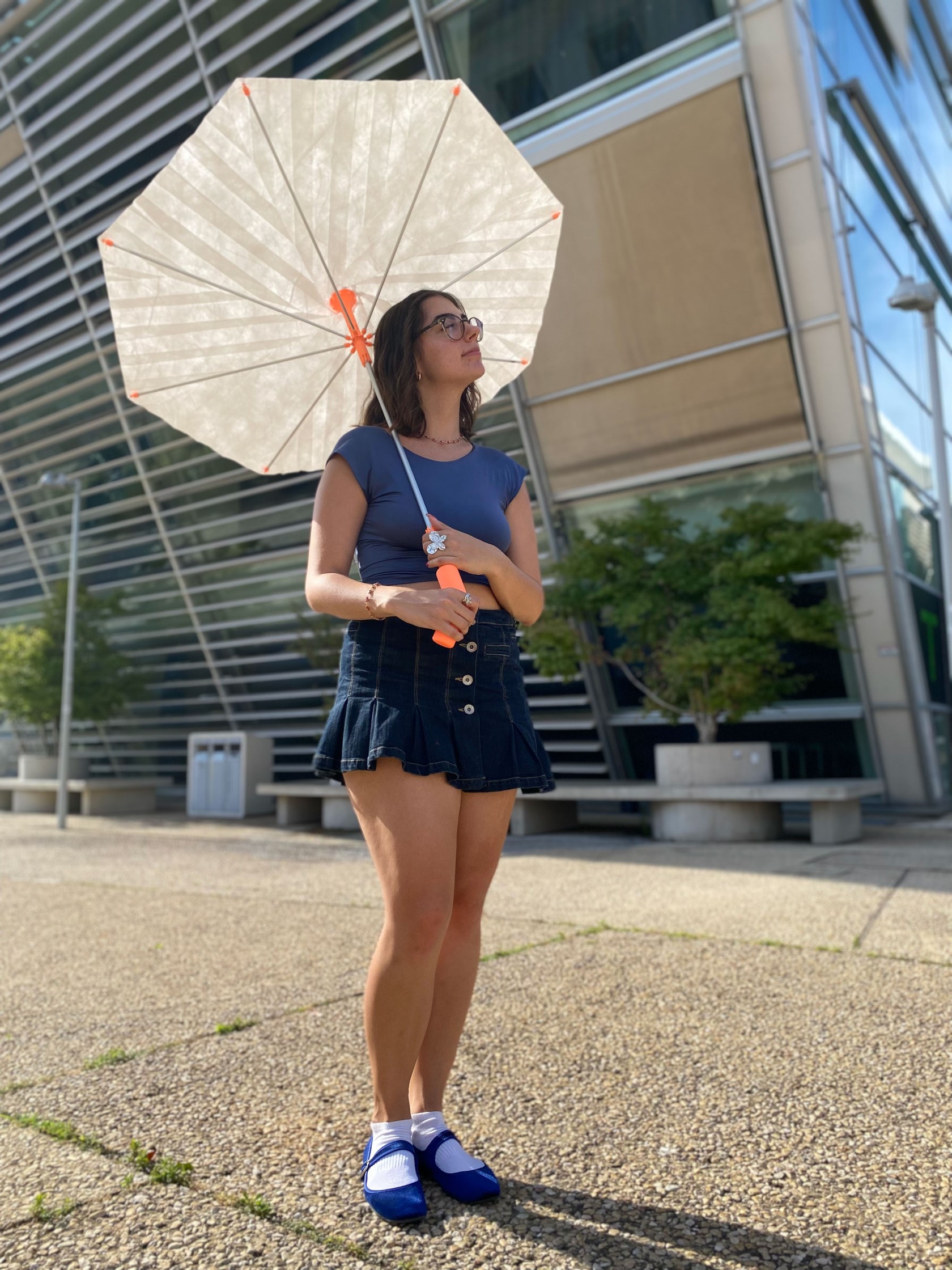
The rest of the prototype uses traditional materials, like aluminum for the metal parts, and plastic for the mechanism, moving elements, and hinges. The Bloombrella is currently just a student concept, but given that NASA has been employing similar techniques for its starshade shows it’s more than just a proof-of-concept… at least on a cosmic level! Whether it makes for a great umbrella is still something worth determining – perhaps as a larger beach umbrella or a shade for an arena/stadium!
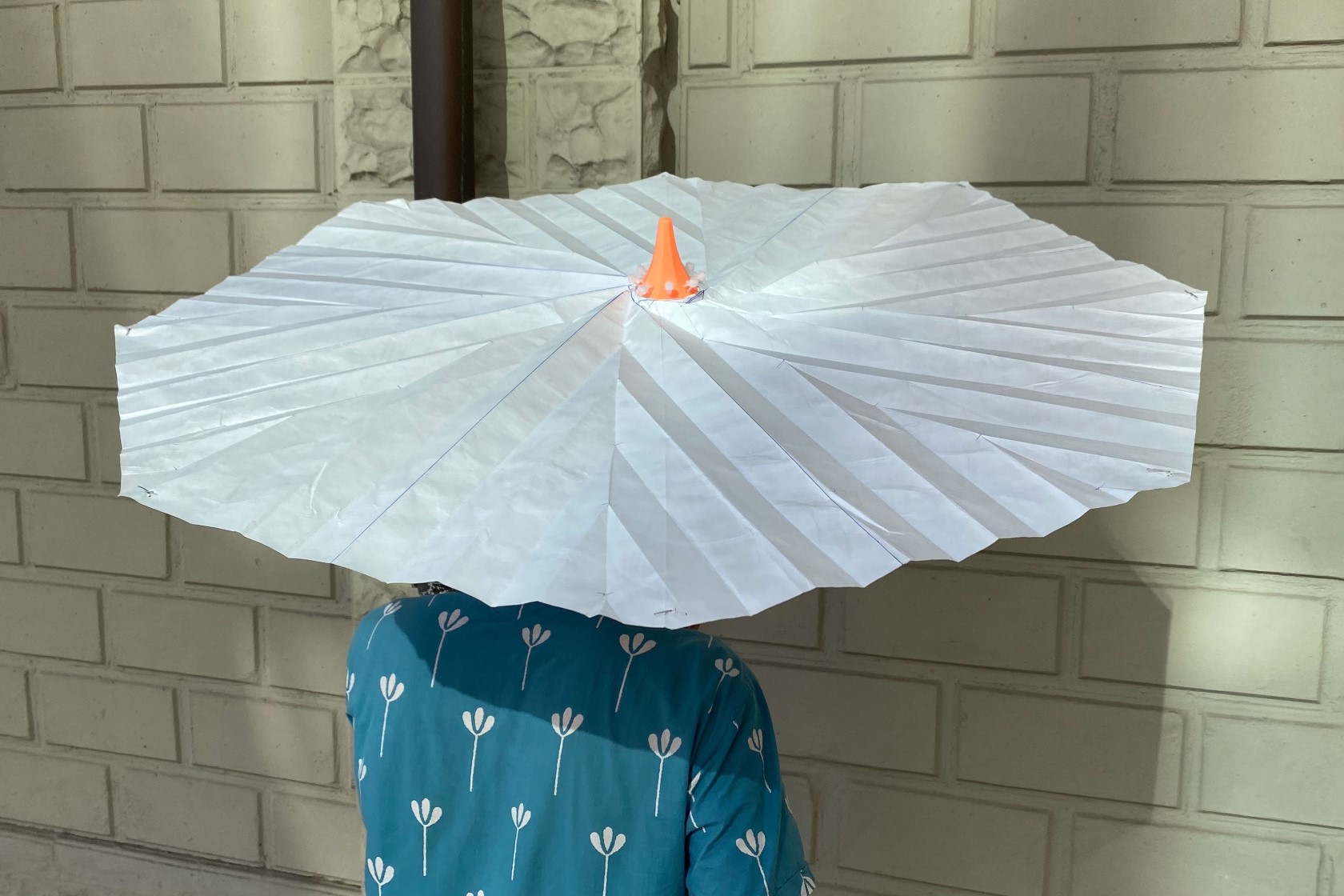
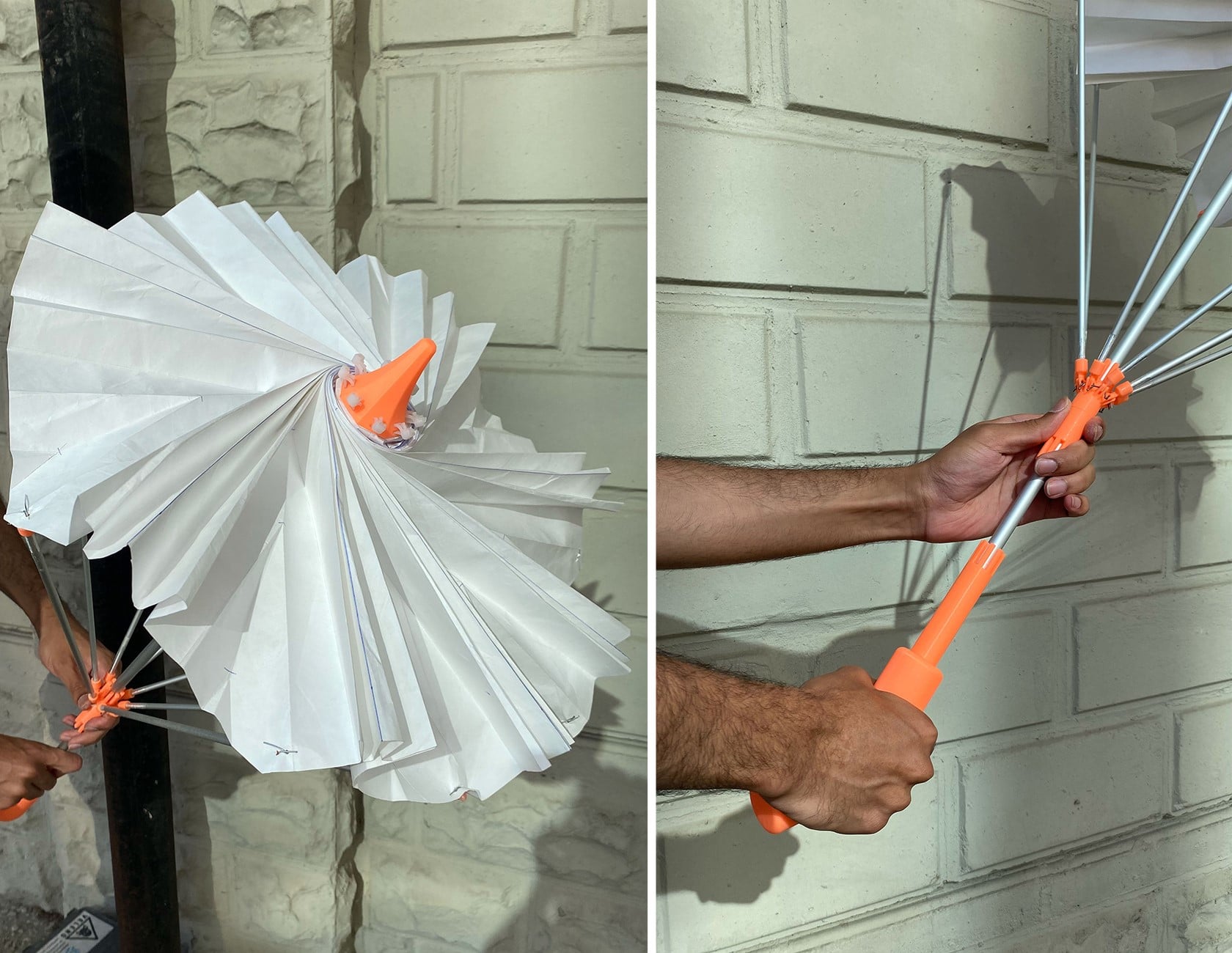
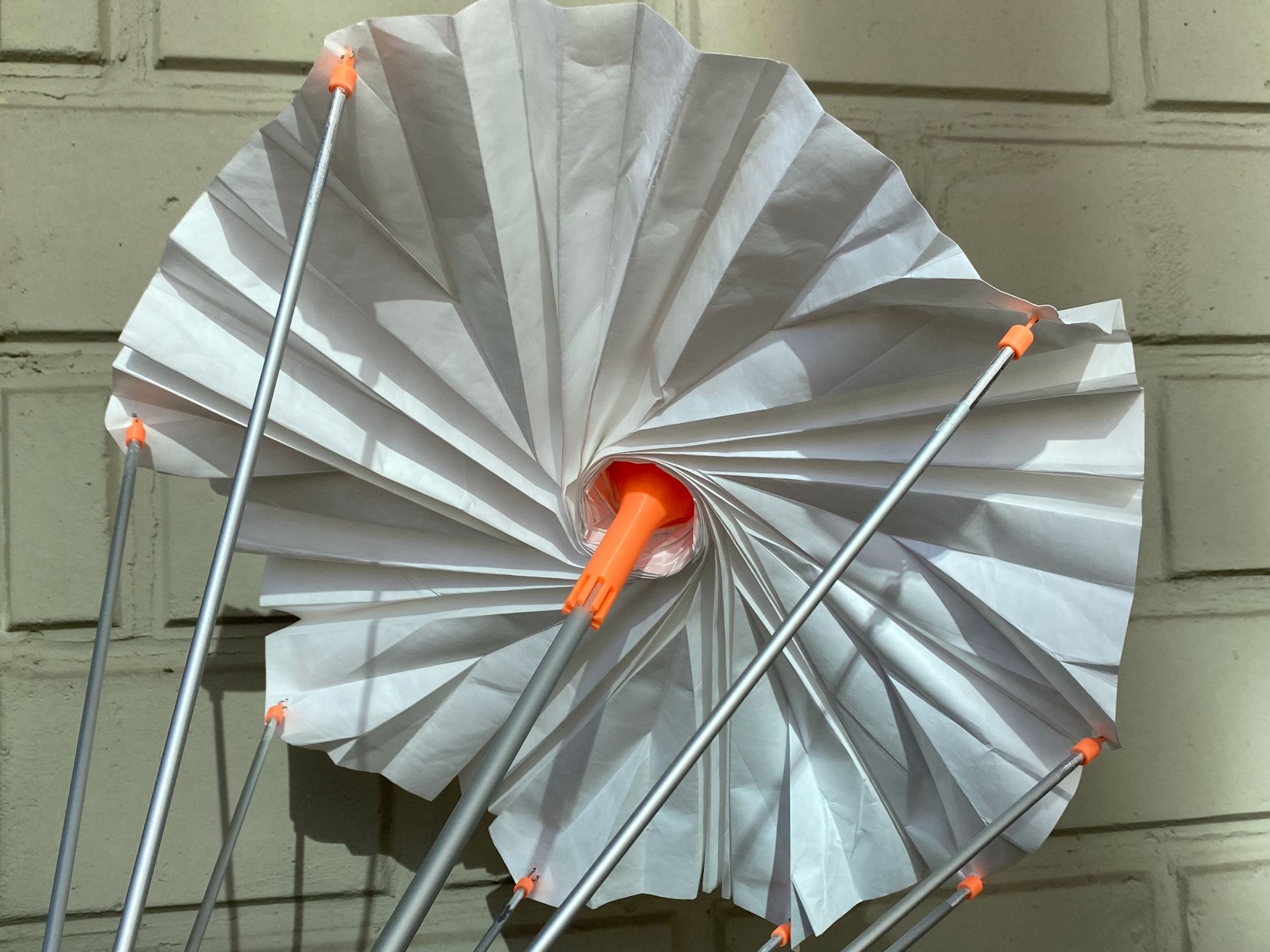
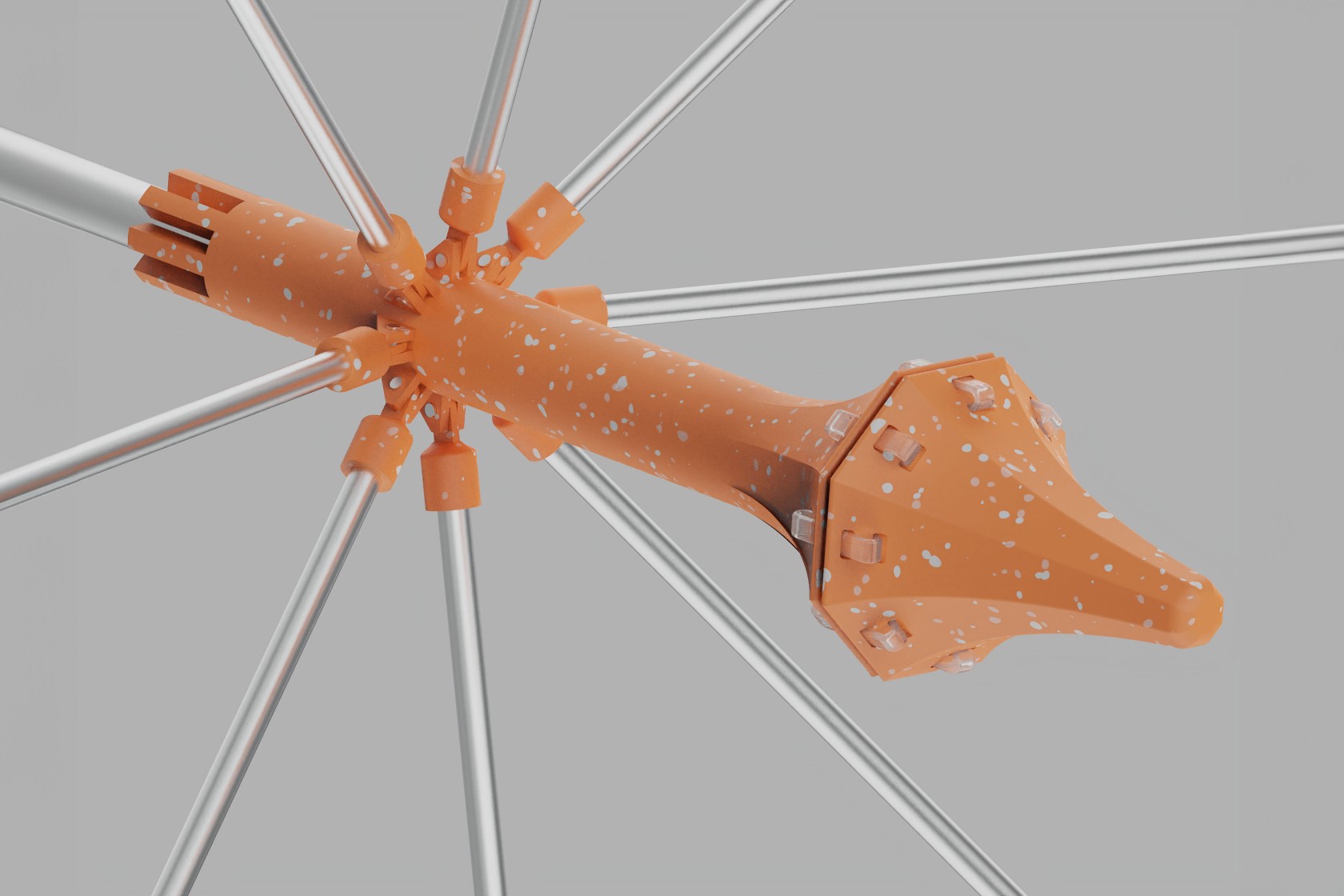
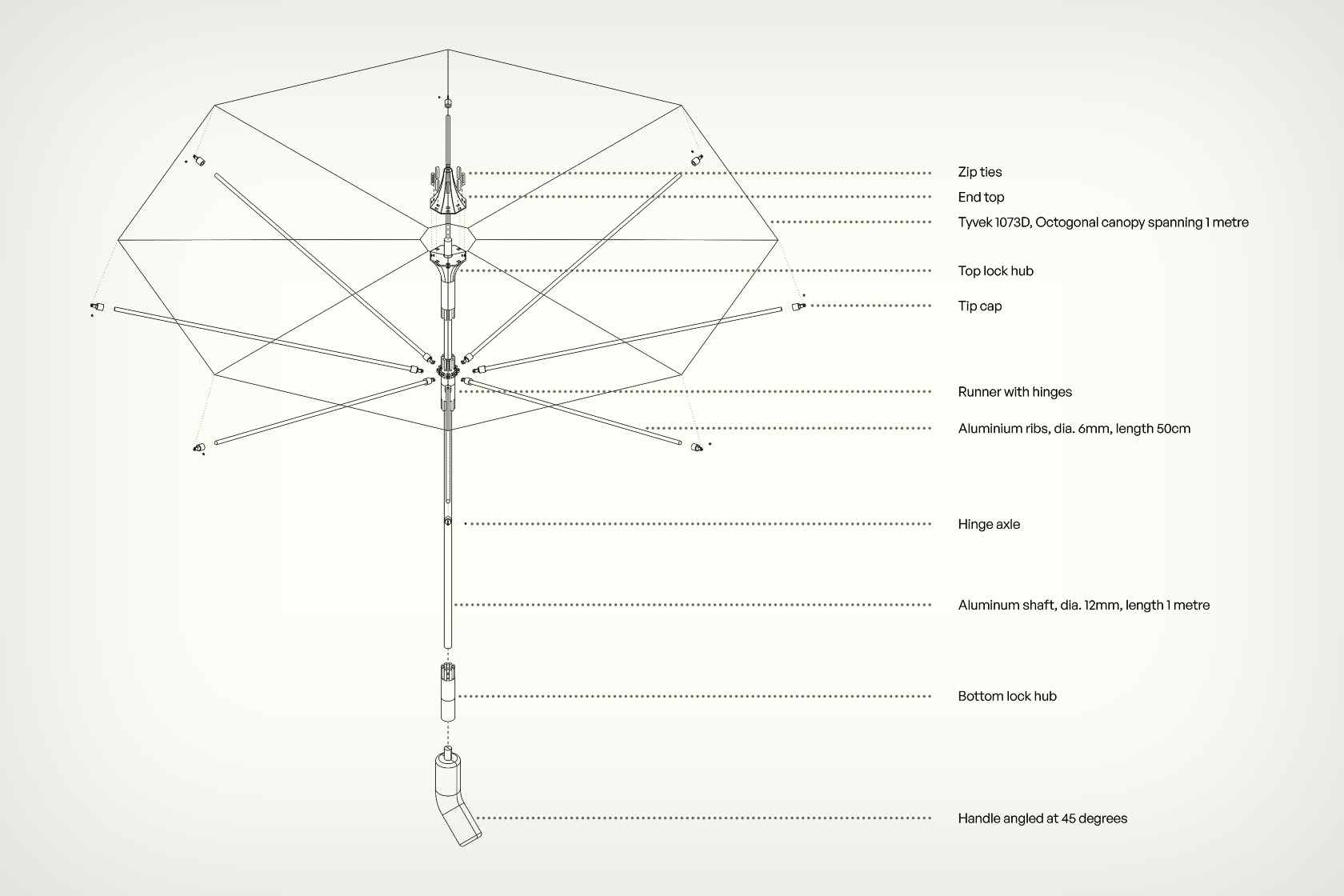
The post How NASA’s Starshade Design Inspired this Unique Origami Folding Umbrella first appeared on Yanko Design.








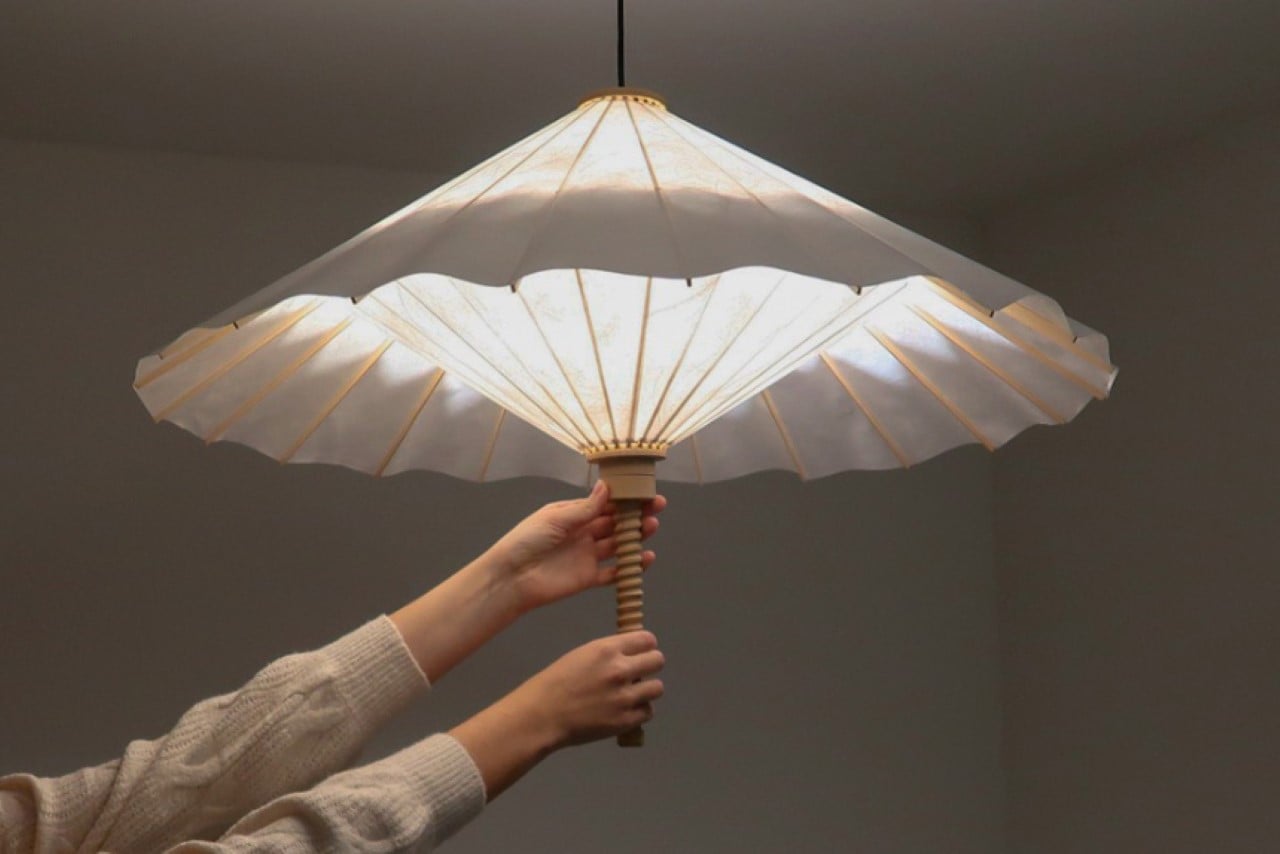

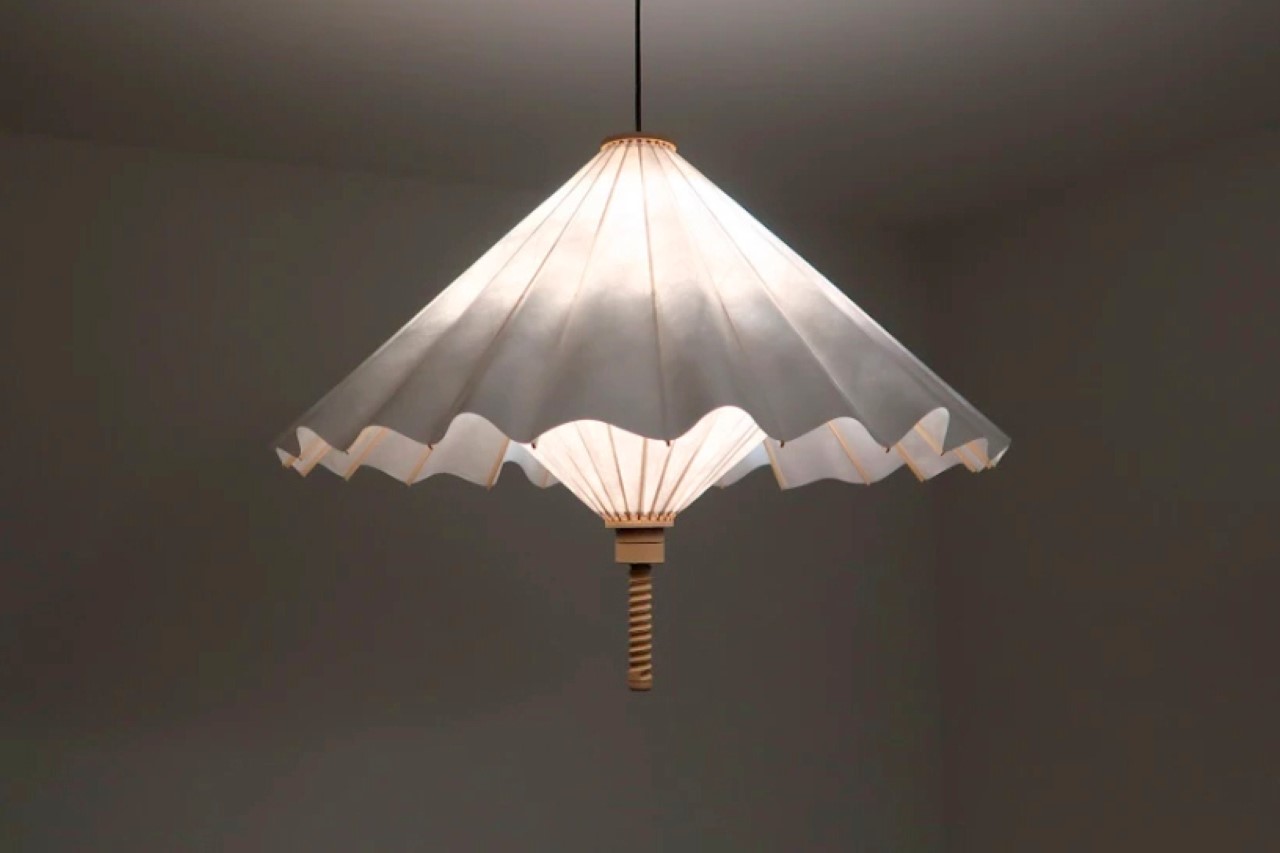
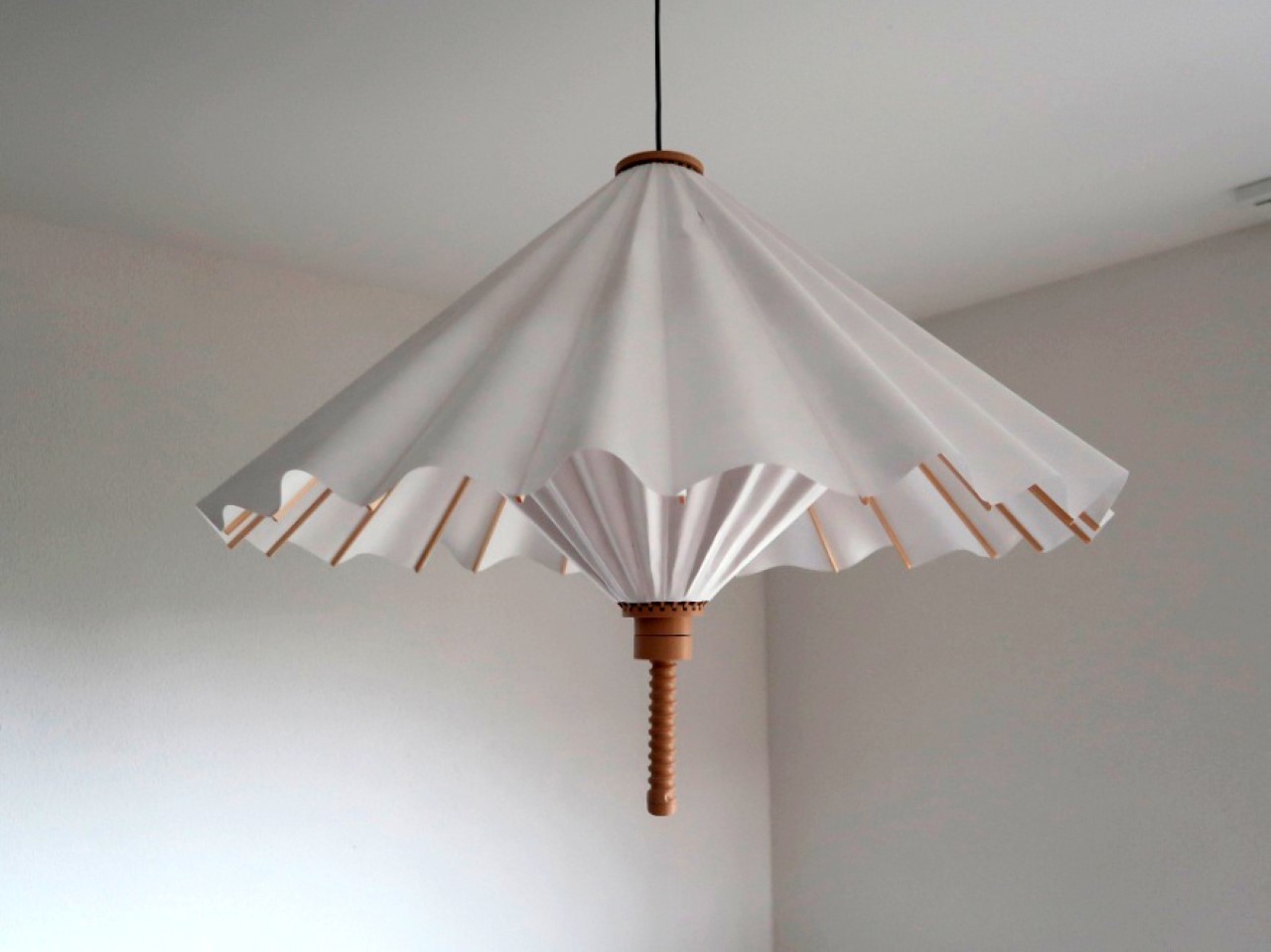
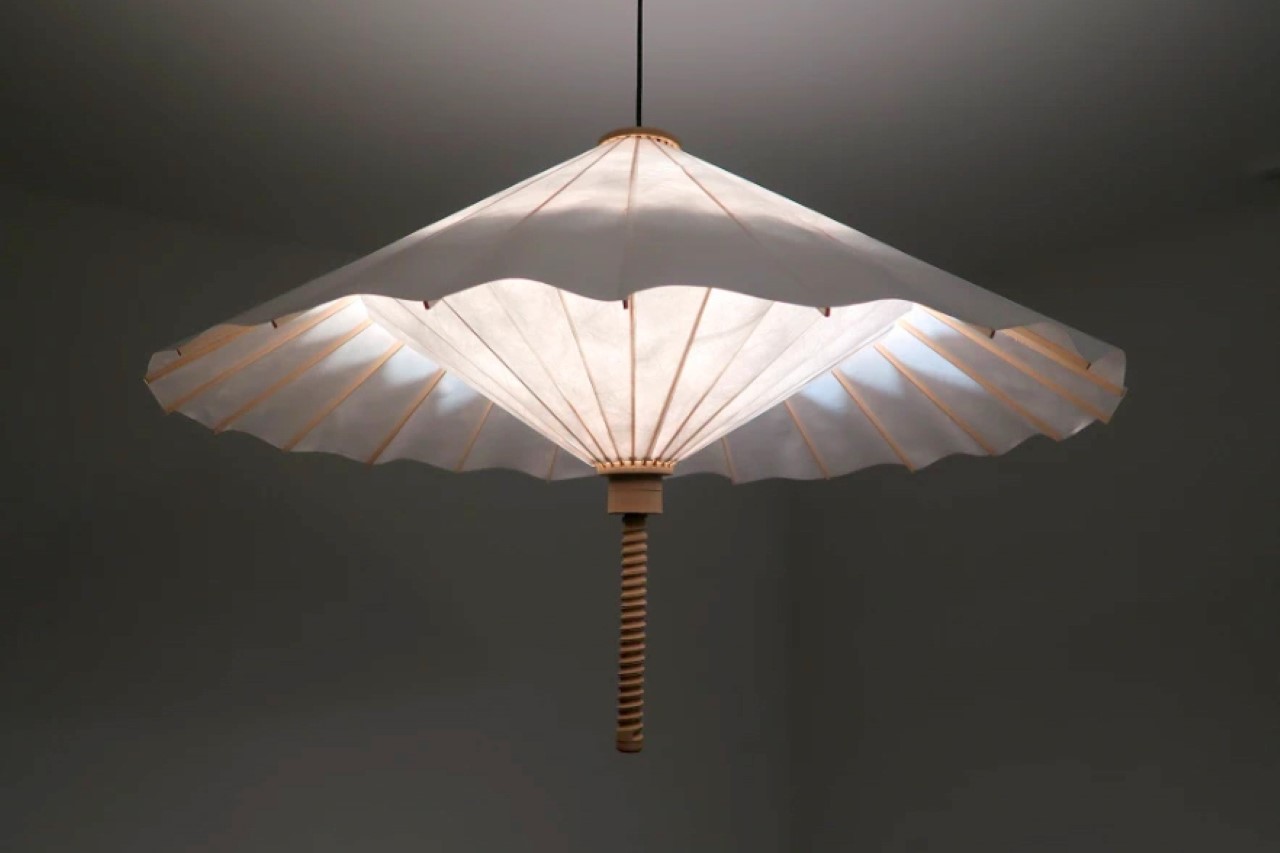
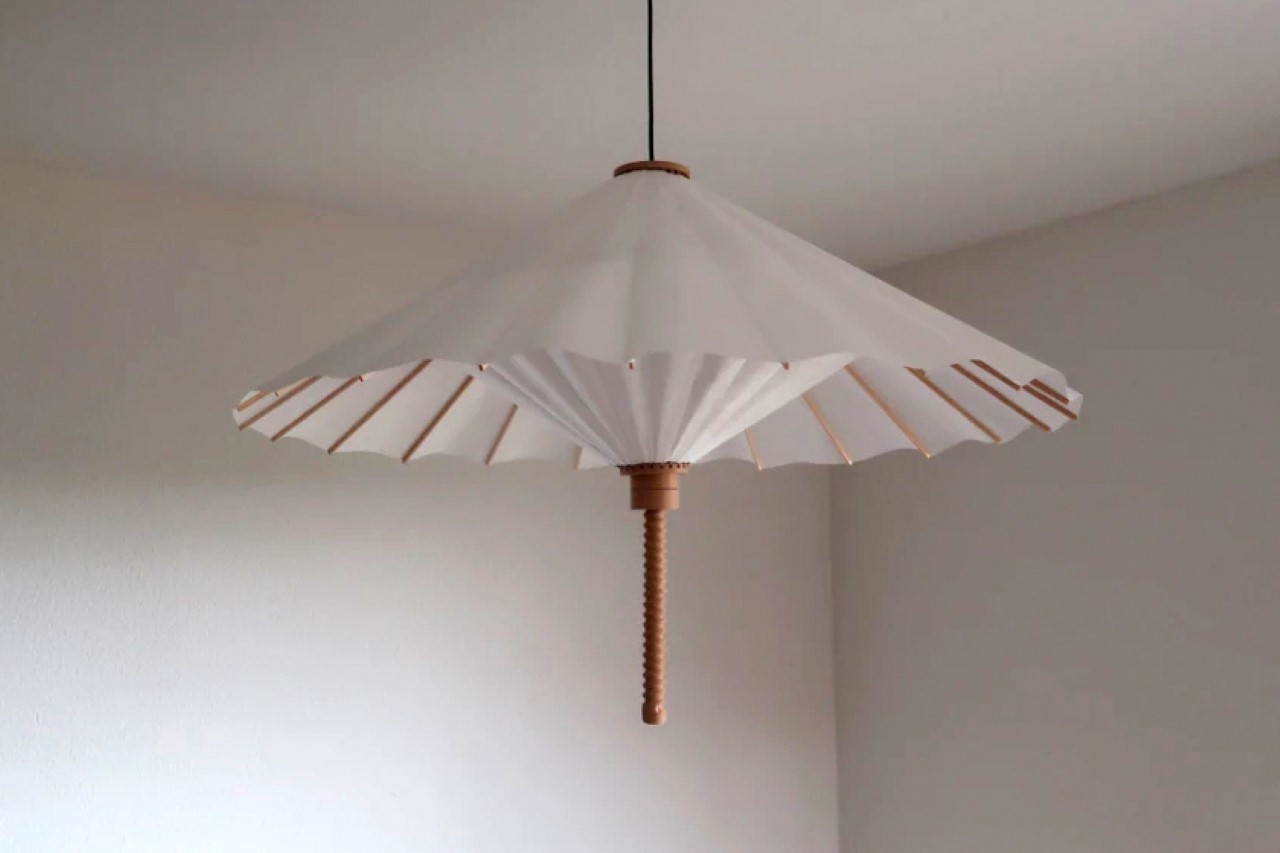
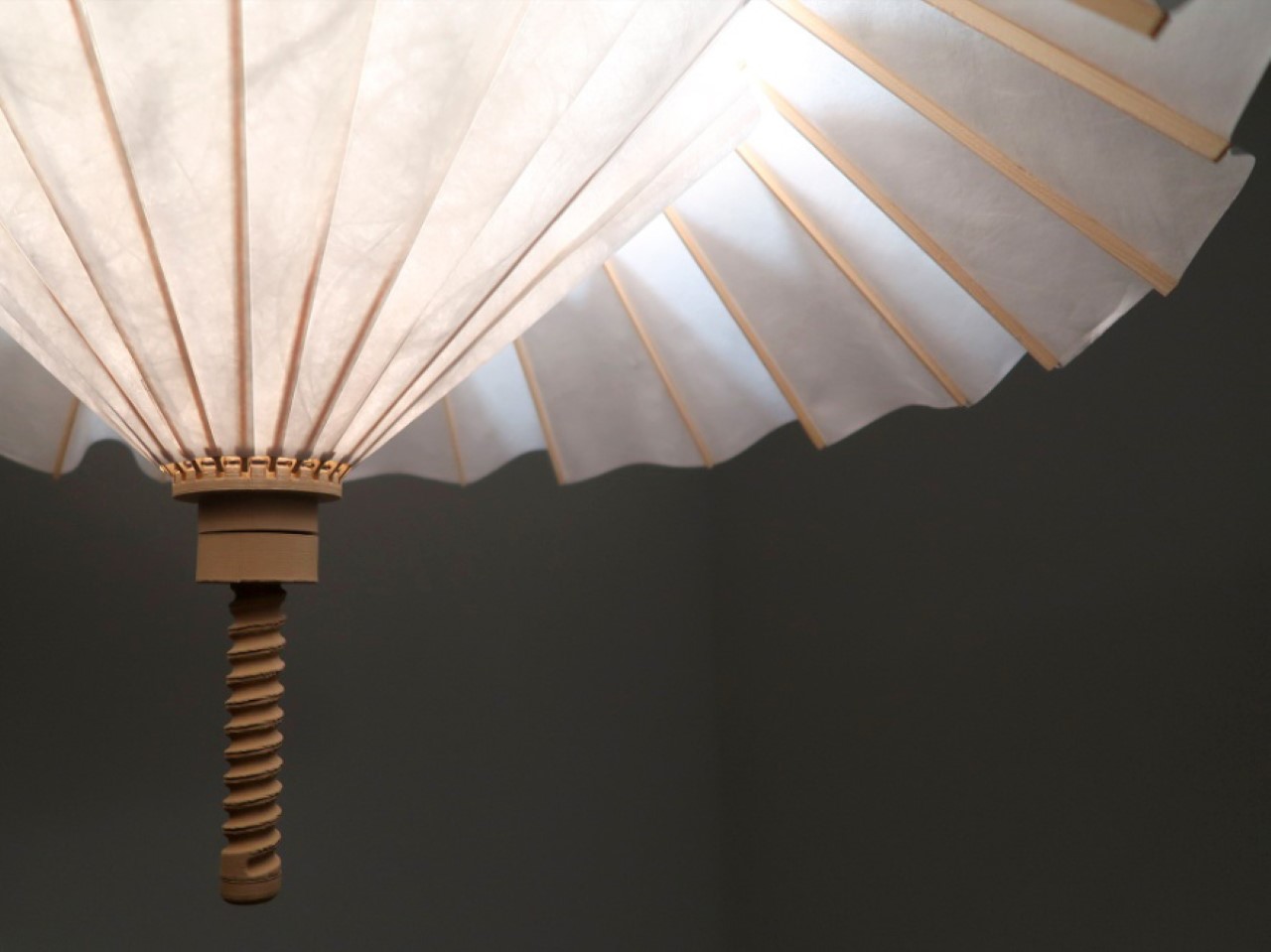
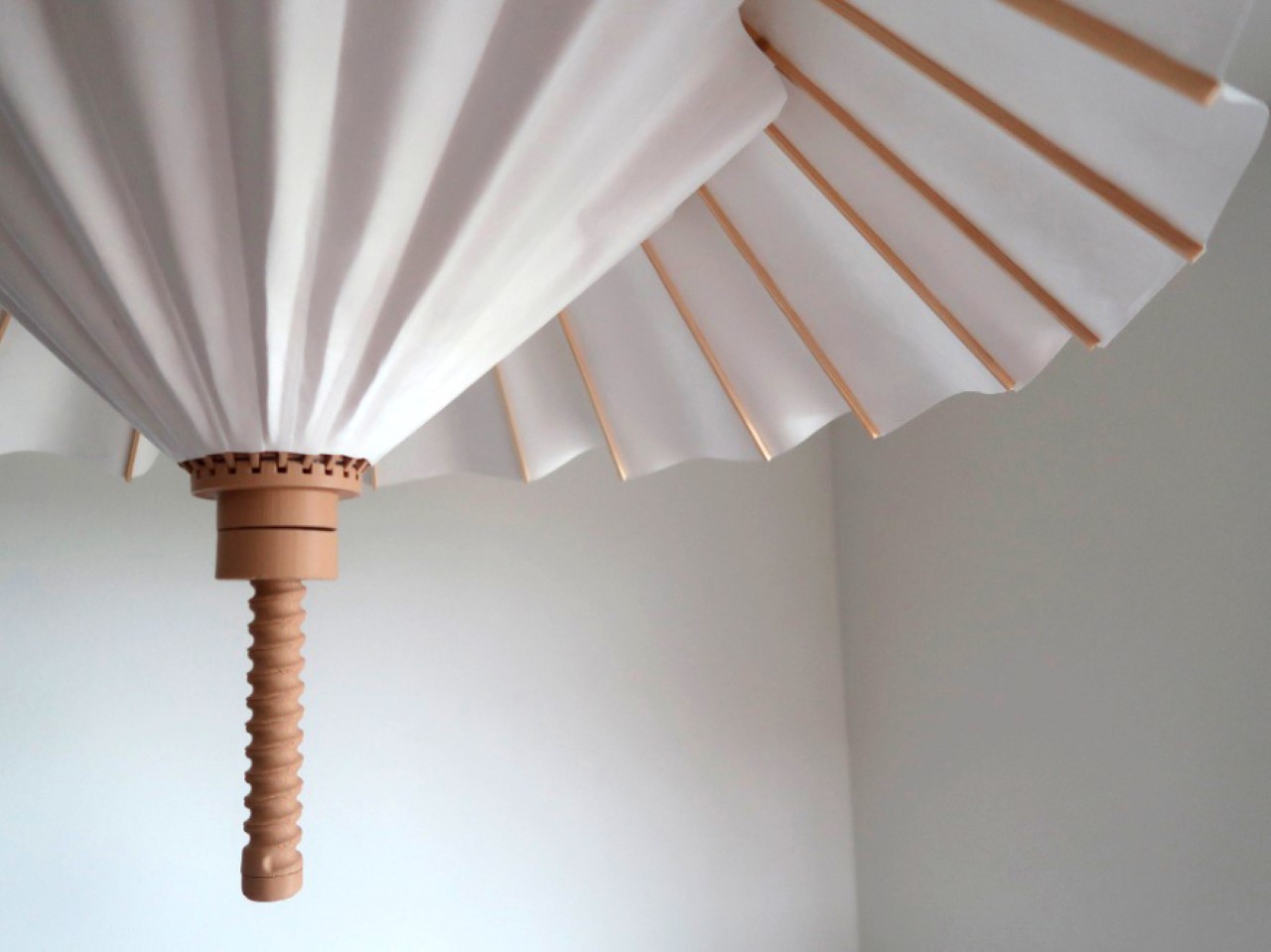
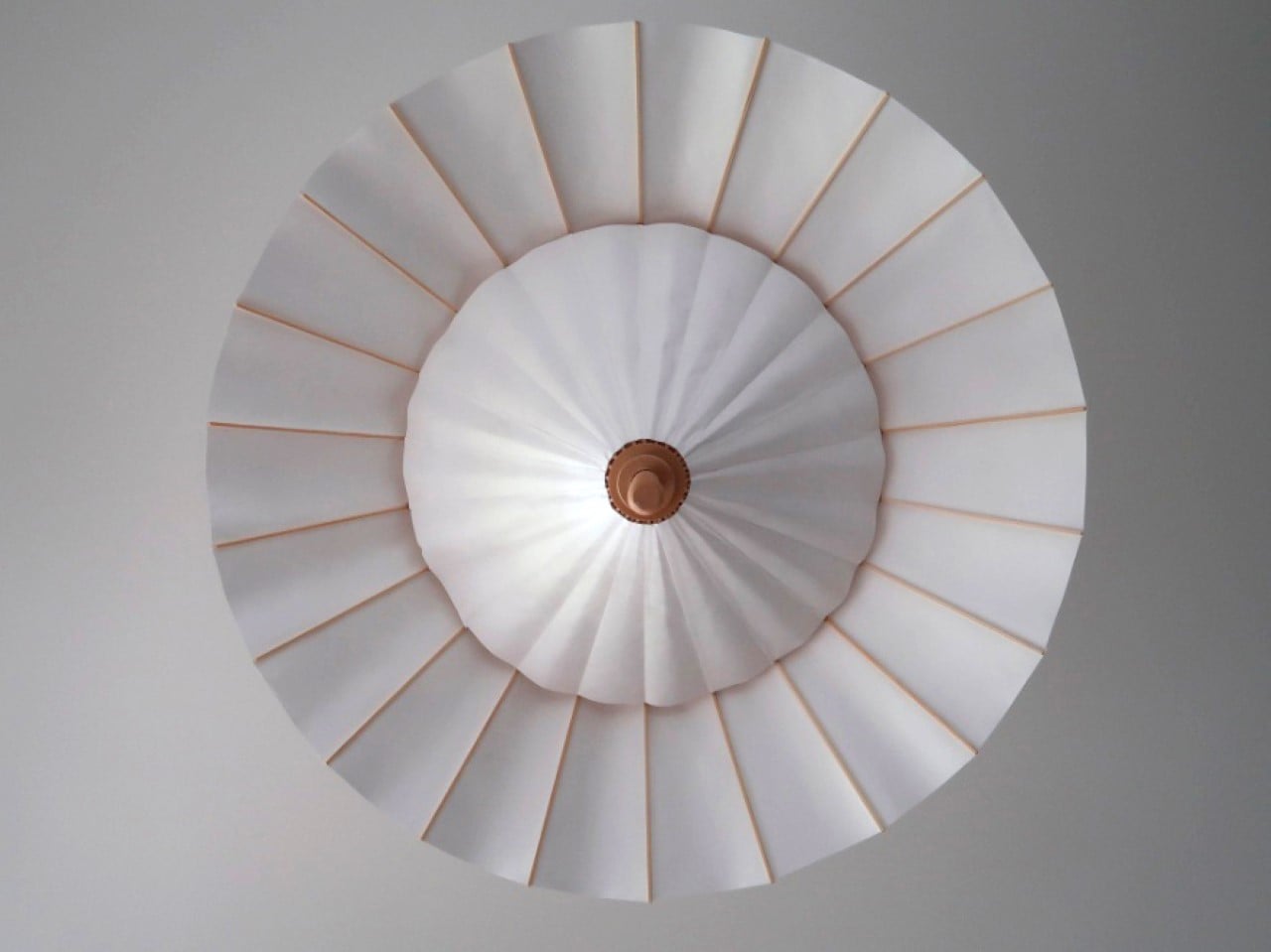
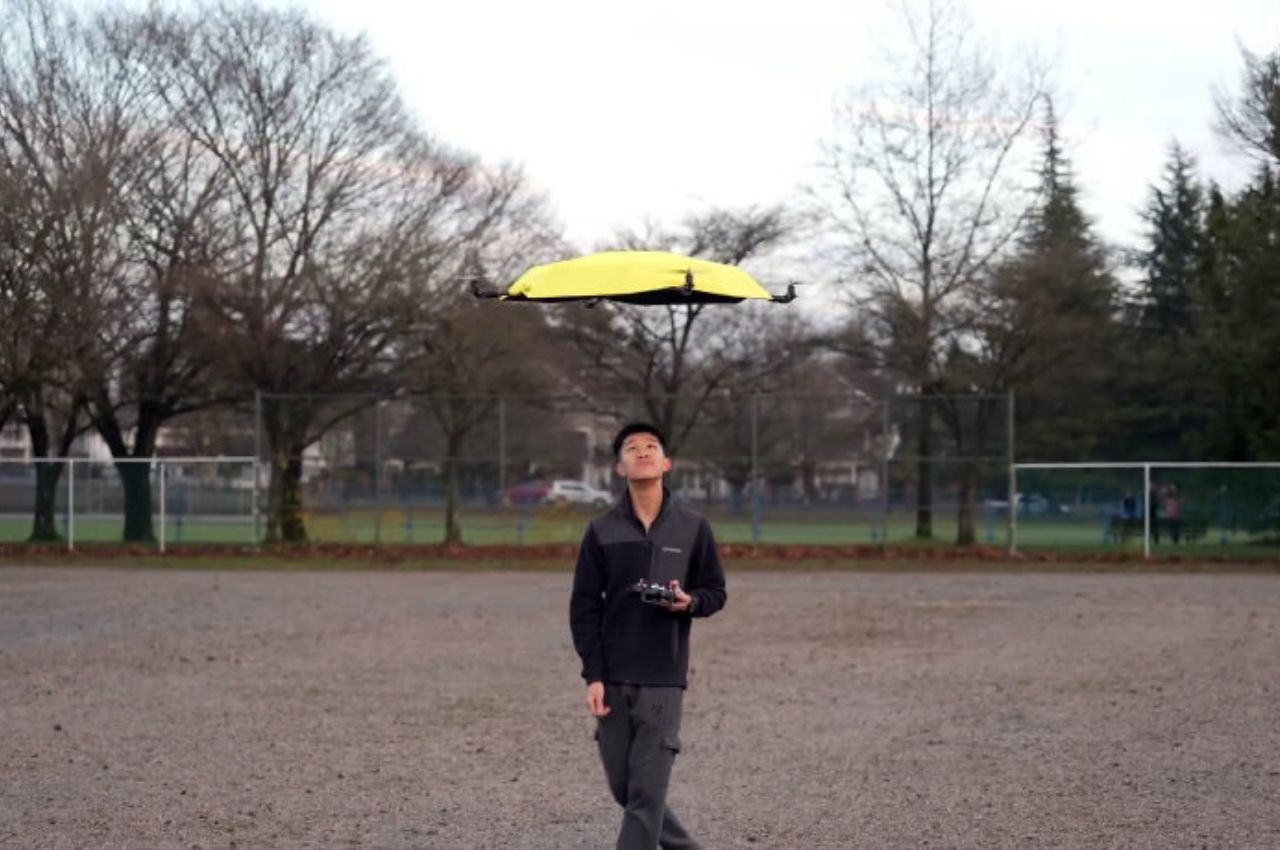


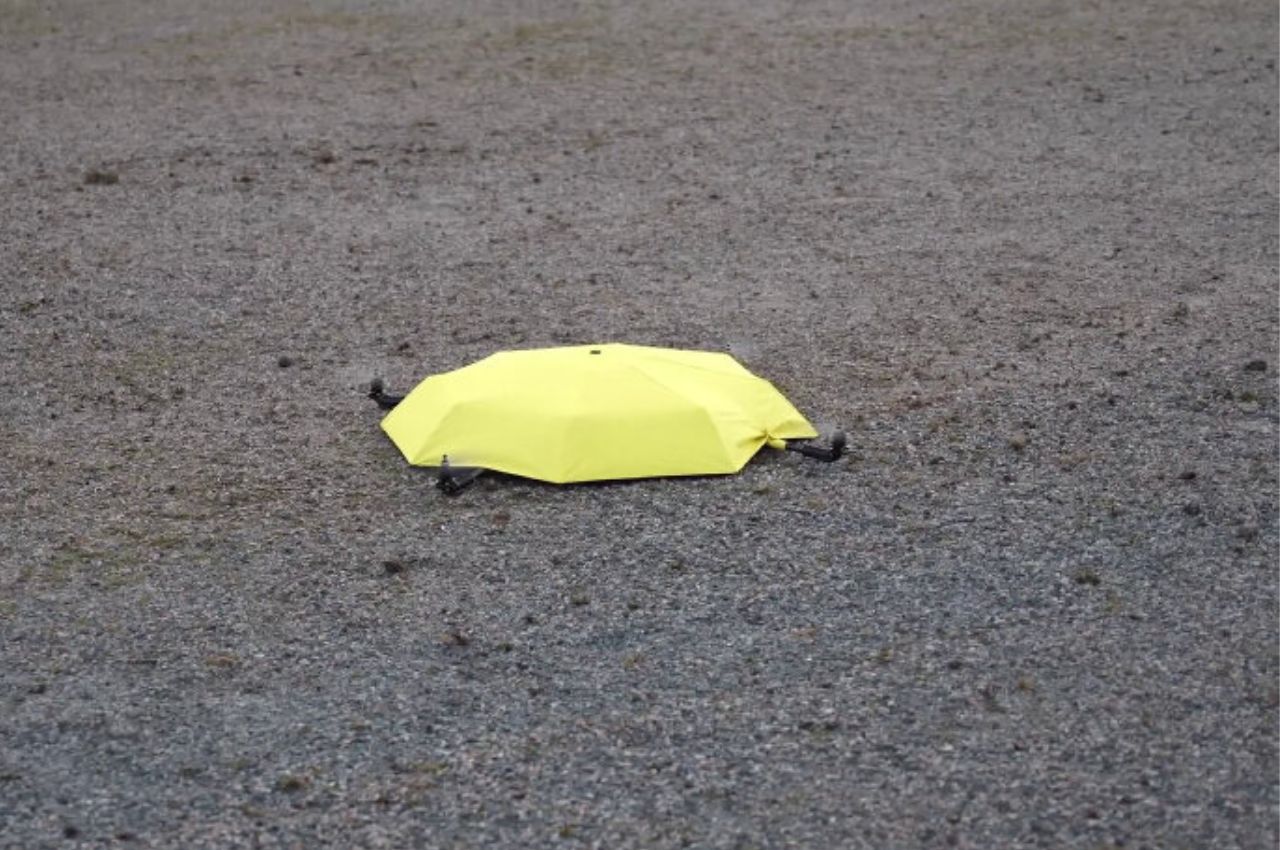

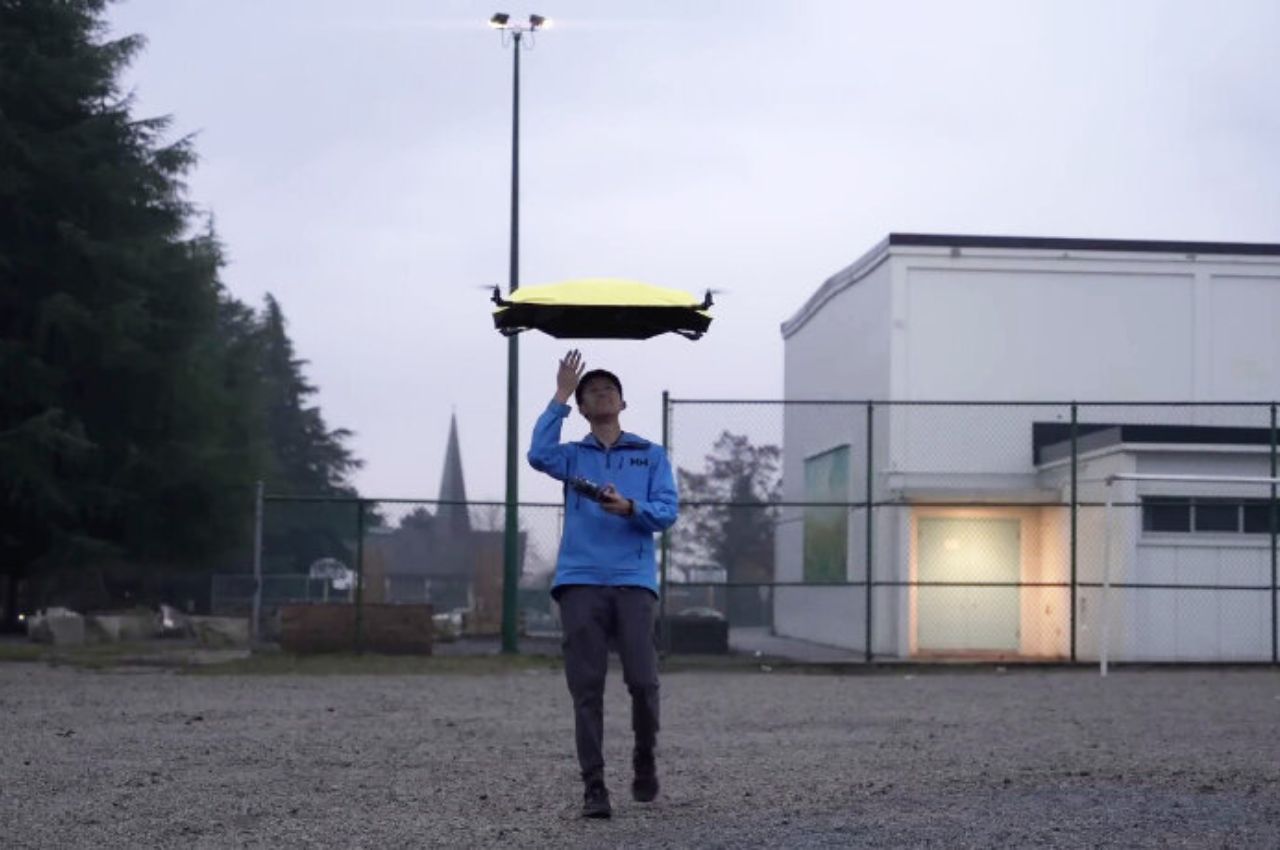
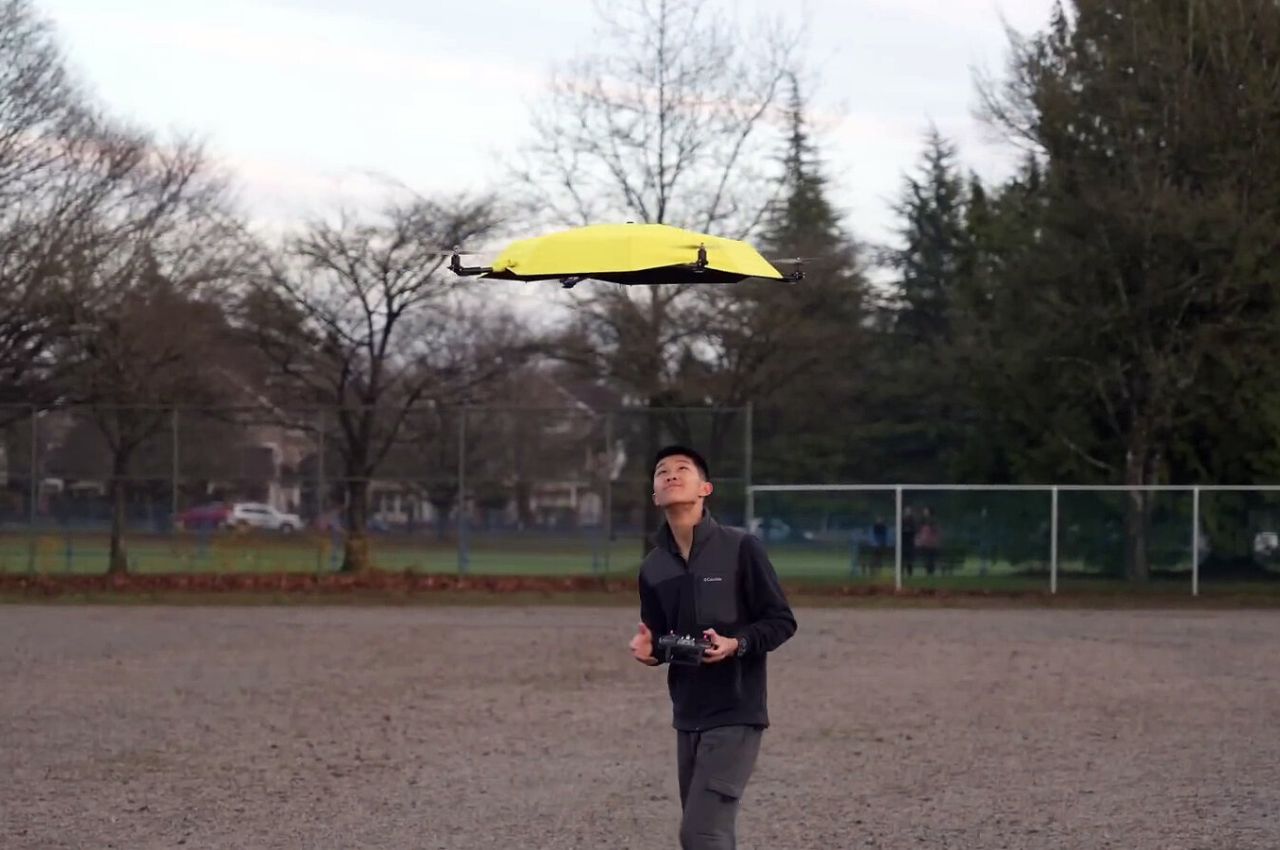

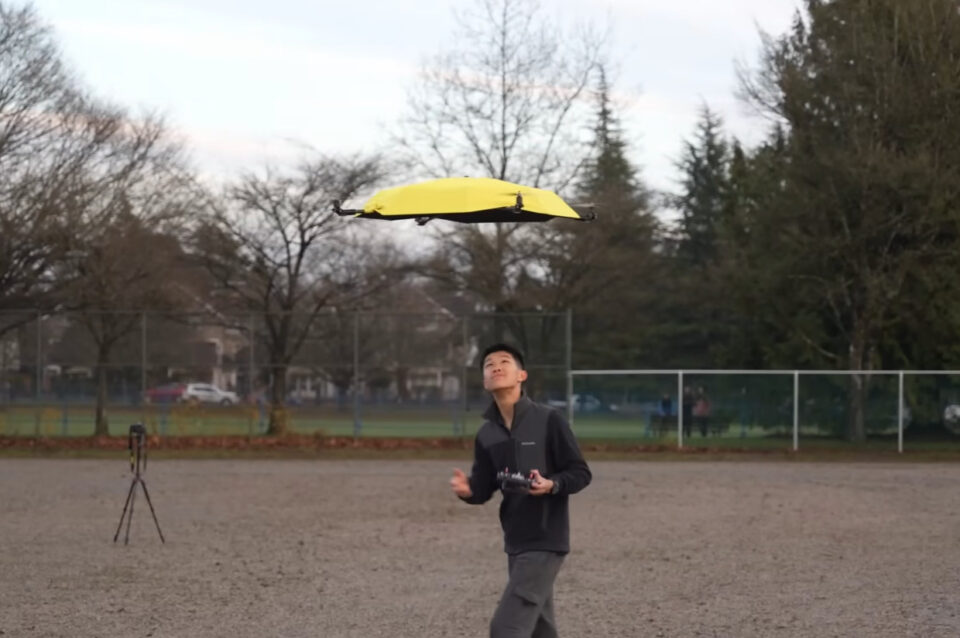


 – The reflective material allows visibilities more than 1000ft and regenerates 500 candlelight in brightness.
– The reflective material allows visibilities more than 1000ft and regenerates 500 candlelight in brightness.














